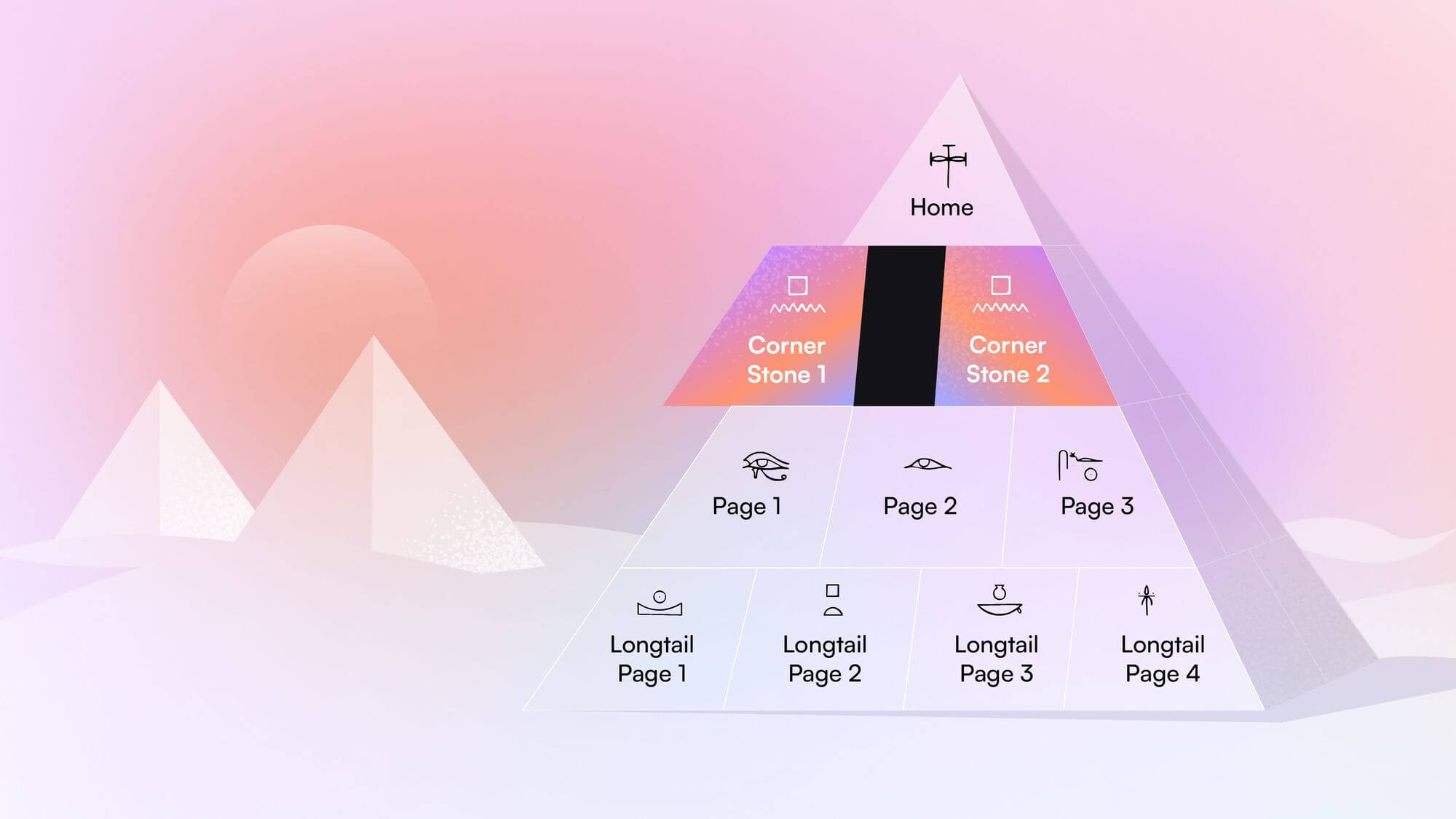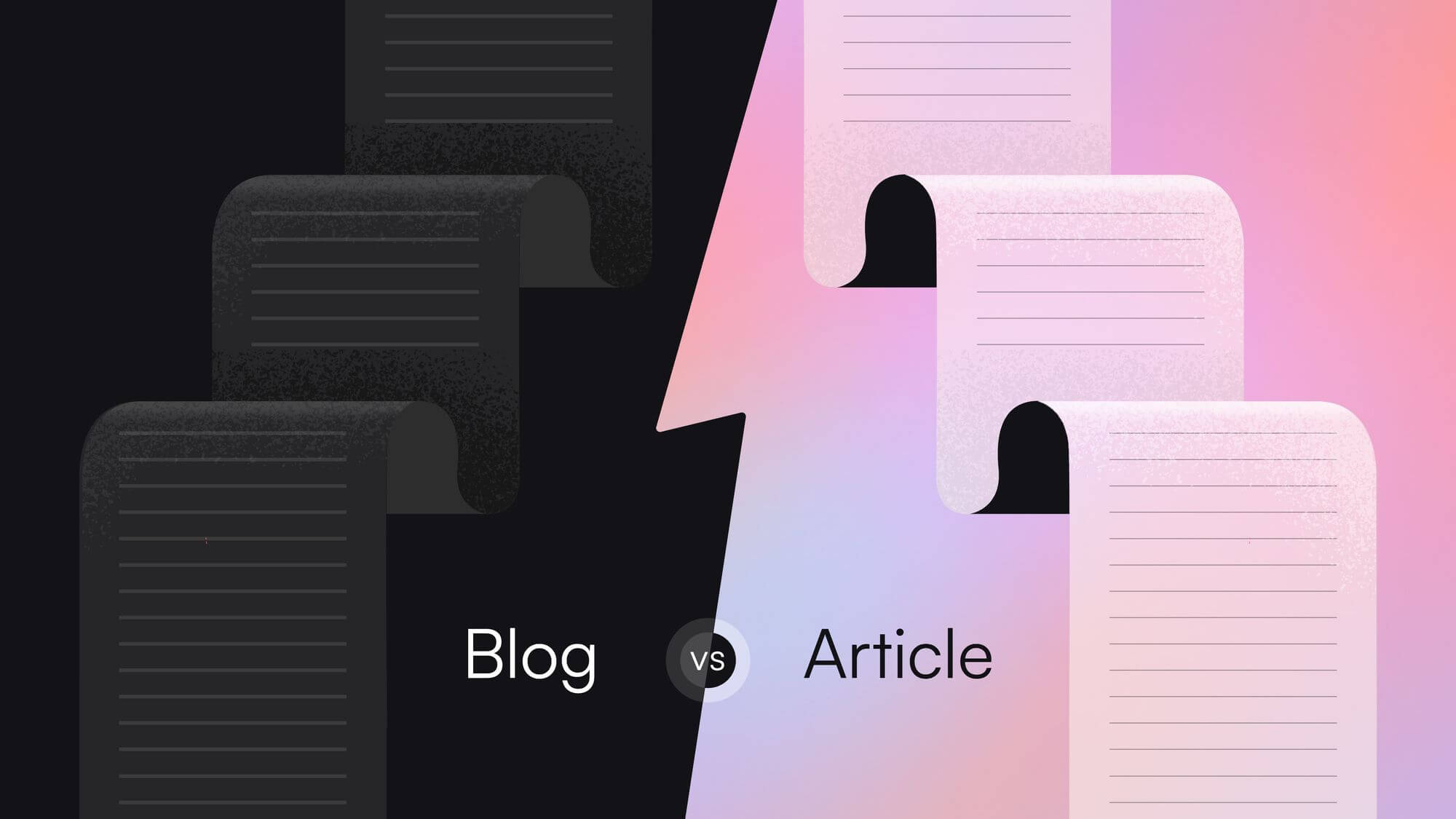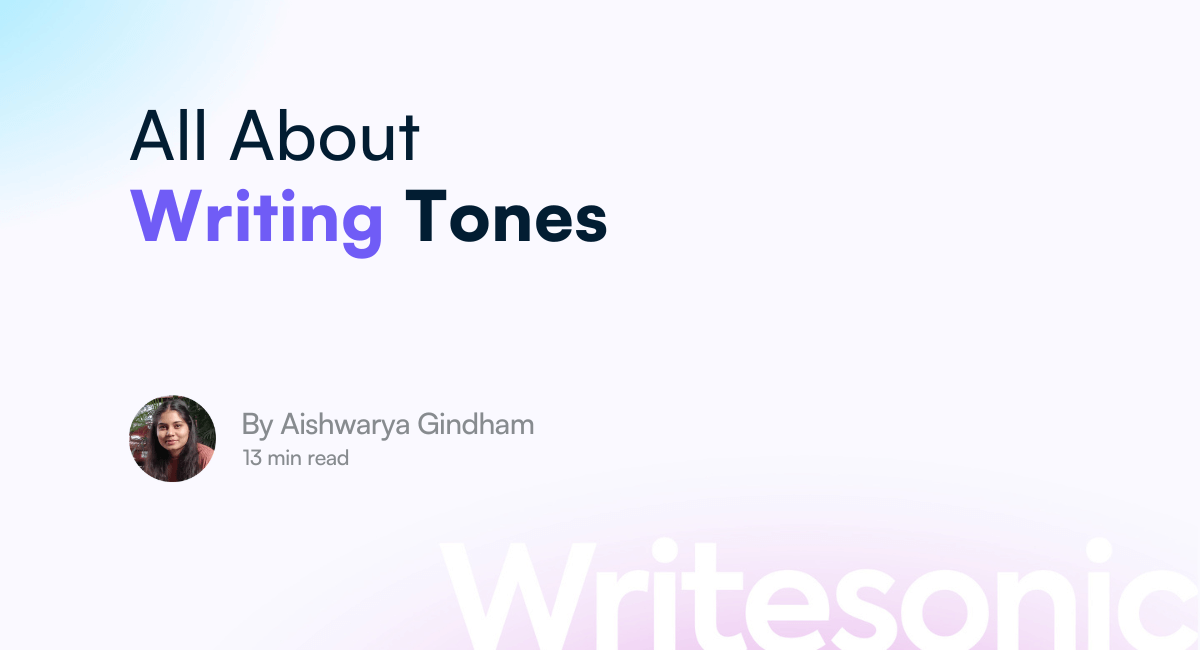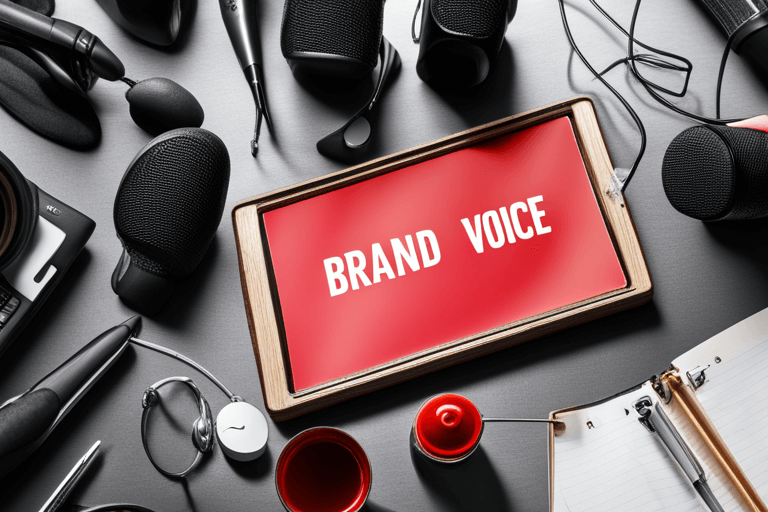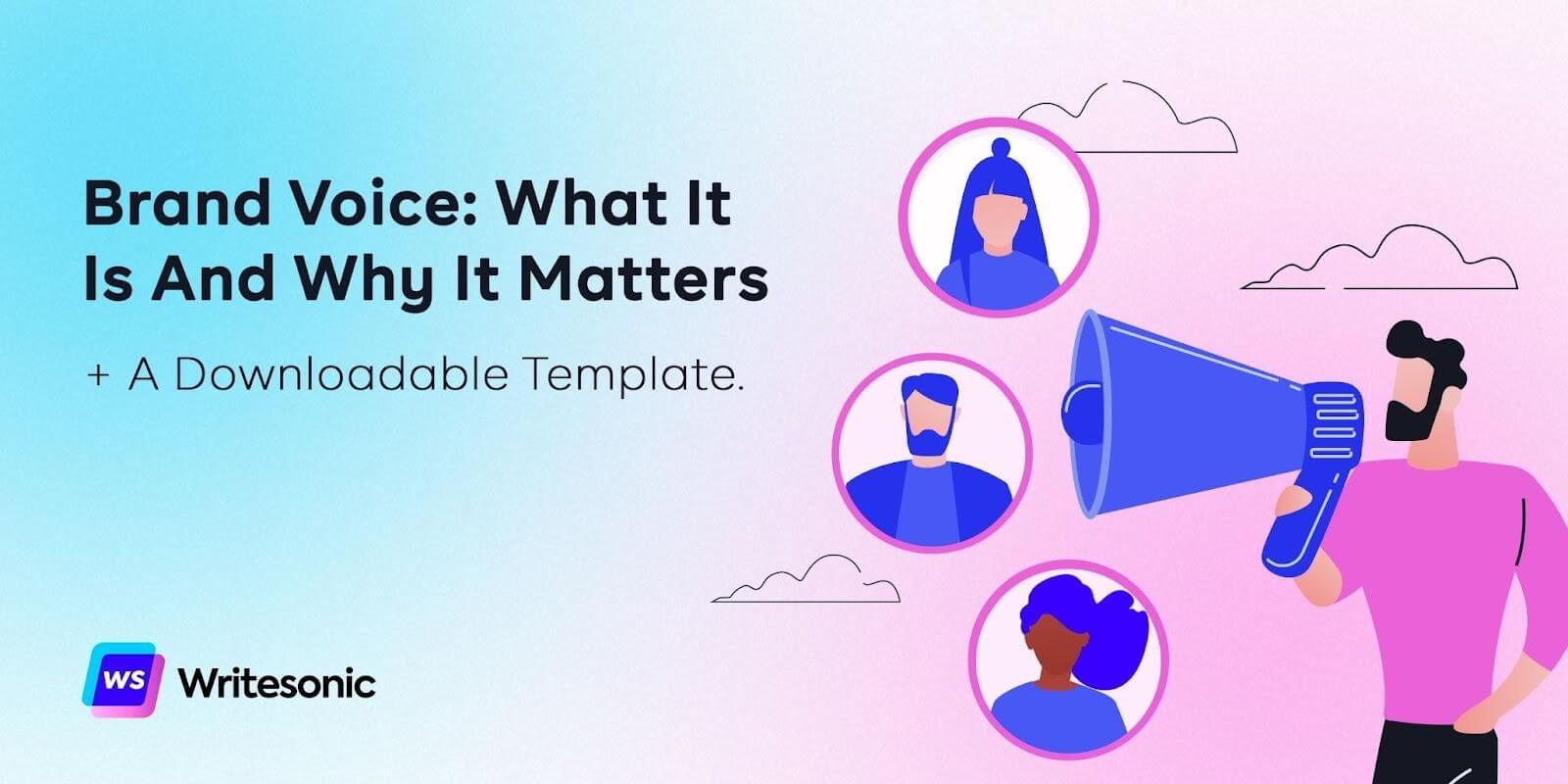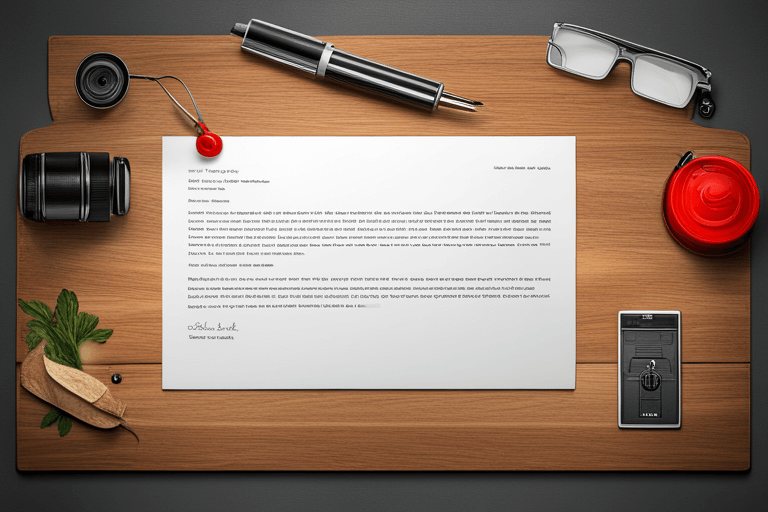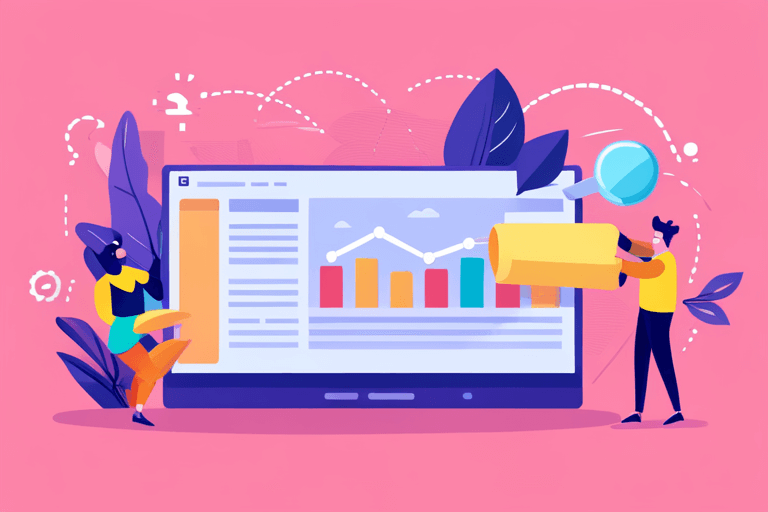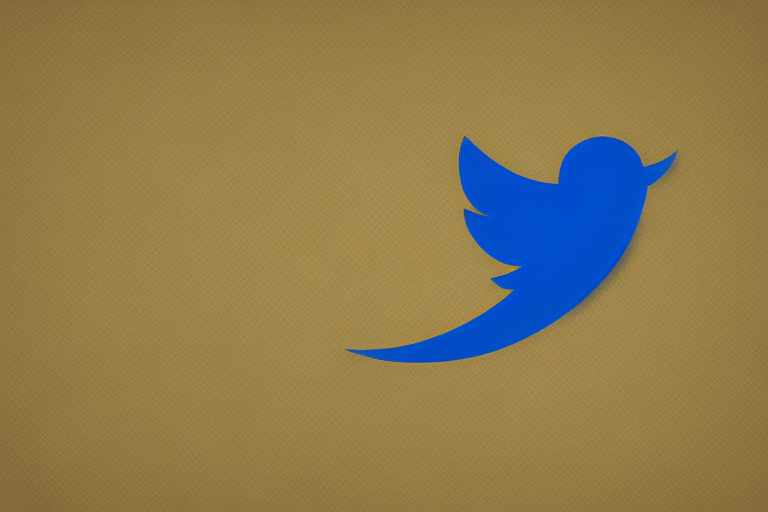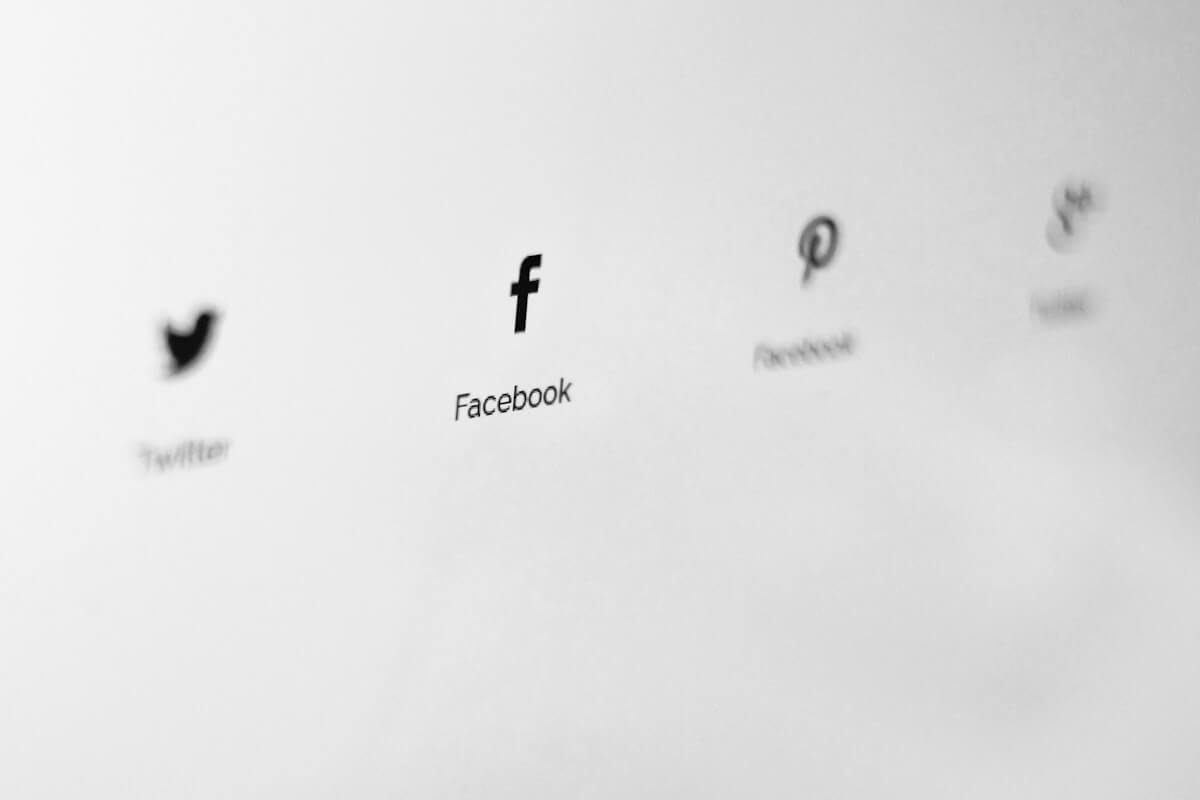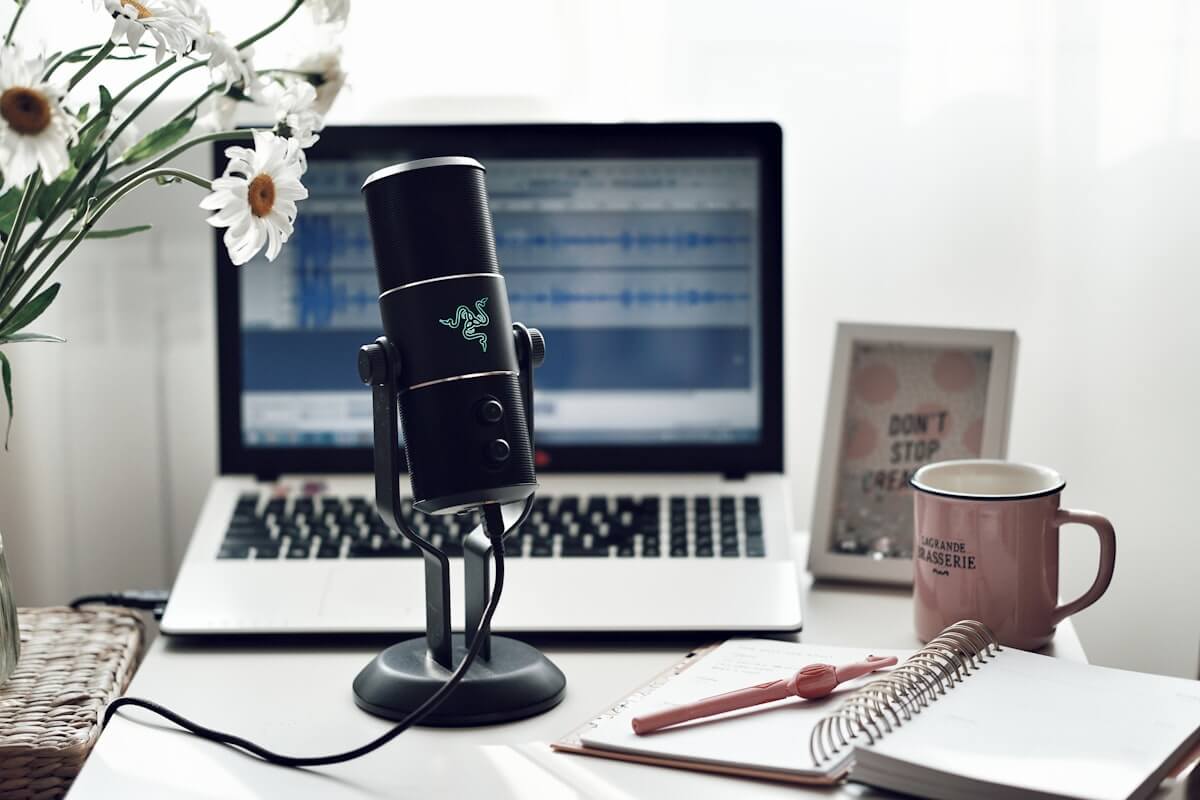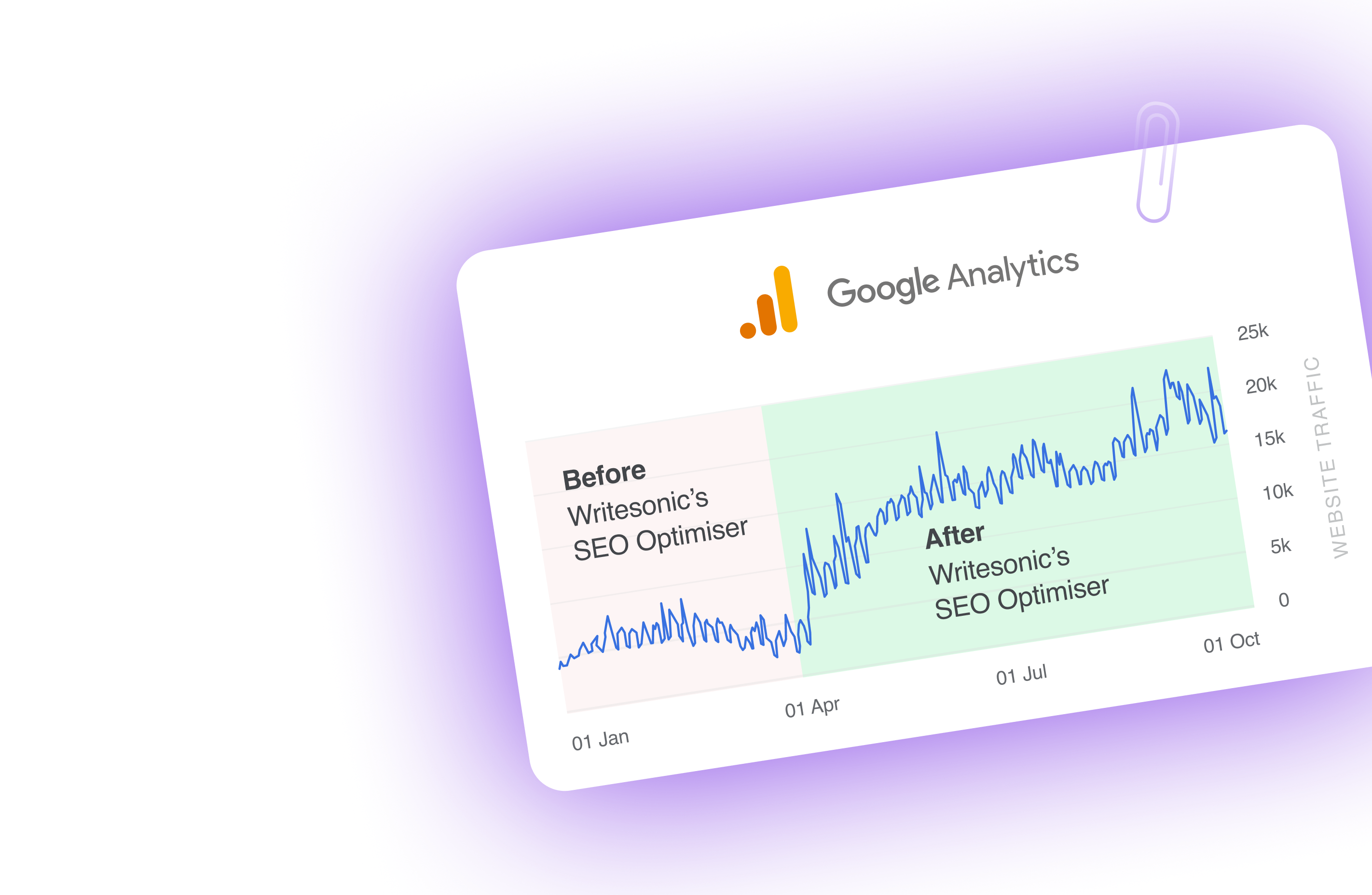Want to turn your newsletter from ‘meh’ to a ‘must-read’?
What if I tell you there are surefire ways to harness the full power of email marketing through engaging newsletters?
Buckle up! We’re about to get on a journey to craft different types of newsletter content that’ll make your readers interact more with your brand.
According to a study published by Hubspot, 77% of marketers have seen a major increase in email engagement in a duration of 12 months. And all of them confirmed newsletters had played an instrumental role in connecting with their audience, driving engagement, and fostering brand loyalty.
Ever wondered what it takes to create a newsletter so enthralling that the target audience can’t resist sharing it?
The answer lies in learning how to write a newsletter that stands out from the crowd and keeps your subscribers coming back.
Here, we have created a comprehensive guide on the strategies you must follow to write compelling newsletters. Follow this to create welcome and promotional letters, blog updates, event recaps, interview newsletters, etc.
Also, we’ll introduce you to Writesonic’s cutting-edge email Writing tool and Chatsonic, which will revolutionize your newsletter creation process.
What’s more, this blog will help you understand how to write an extraordinary newsletter article that leaves a lasting impression.
Let’s unravel the mysteries together.
What are the key elements to consider while writing an engaging newsletter?
Writing a captivating newsletter copy is often about choosing the right words. As a successful email marketer, you must understand the key elements contributing to its success.
This section will discuss the crucial factors you should take care of as you learn how to write a newsletter that resonates and brings the desired results.
1. Define Your Target Audience
You can create content that caters to your subscribers’ needs and interests only when you understand your target audience well.
As the first step towards crafting engaging emailers, establish a clear profile of your target audience.
Then craft content that speaks to their pain points, offers valuable insights, and establishes a stronger connection with your brand.
💡
You can create your ideal customer profile using Chatsonic. The platform has dedicated ChatGPT prompts for building a buyer persona. All you need is to follow the steps below,
Step 1: Get your Writesonic account and open Chatsonic’s web interface.
Step 2: Then, choose your ideal prompt from the library.
Step 3: Put your product details, and you will get your customer profile in seconds.
2. Decide Your Newsletter’s Goals and Objectives
Once your target audience is defined, it’s time to set proper goals and objectives. Are you looking to generate leads, drive traffic to your website, or simply engage and inform your audience? You must set your primary goals and objectives depending on what you want to achieve with the newsletter.
For example, a newsletter that aims to generate leads can show subscribers its product value proposition, case studies, or success stories, as Writesonic did in its newsletter AI Chronicles – that talks about all AI tips, tactics, and tools for marketers.
Whereas, while writing an email newsletter, if your goal is to drive traffic to one of your blogs, you can theme your email around the blog topic and add a link to the blog.
Once you define the newsletter’s purpose, you can create content that aligns with your objectives. Eventually, resulting in your readers staying engaged and motivated to take action.
3. Find Inspiration from Good Newsletter Examples
It’s always helpful to seek inspiration from successful newsletter examples. As you learn how to write a newsletter, you must study the best. Find out popular and creative newsletters from businesses worldwide that people love receiving and engaging with.
Then thoroughly study the newsletters to understand the practices and creative approaches the content creators are using. It will provide you with many ideas and help you understand what makes a newsletter stand out.
Analyze the following elements in high-performing newsletters’ to refine your approach and elevate your content.
- Tone
- Structure
- Design
Want to know some newsletter hacks that really work? Here are 5 email marketing tips to drive more conversions.
Here are a few good newsletters I personally follow
1. Alex Cattoni– For modern marketing & copywriting wisdom.
2. The famous – Lenny’s Newsletter for building products, driving growth, and accelerating career.
3. John Bonini’s Some Good Content newsletter explores the ideas, tactics, frameworks, and processes that make good content.
4. AI Chronicles by Manvi Agarwal for AI-powered writing insights, tips, and tool reviews.
Now, we know what elements to look into while writing your newsletter.
But the main thing – how do you actually write one? Let’s get on it!
How to write a newsletter: Key components and best practices to write a good newsletter
1. Choosing the right subject line
We all know the importance of a compelling subject line in increasing open rates. According to a survey published on Zippa, 47% of email users decide whether to open an email based on the subject line alone.
Writing an engaging subject line requires creativity, strategic thinking, and a knack for capturing readers’ attention. When it comes to writing subject lines that boost your email open rates taking help from generative AI tools can be beneficial, as you will never be out of ideas.
E.g. Chatsonic, a ChatGPT alternative from Writesonic, can help you generate captivating subject lines that pique curiosity and entice readers to click open. You can experiment with different variations, explore creative angles, and watch your newsletter’s open rates rise.
It’s super easy to use Chatsonic for generating email subject line ideas. All you need to do is open Chatsonic and ask the generative AI tool to create captivating newsletter subject lines on the topic of your interest.
2. Picking a relevant topic for your audience
As you delve into how to write a newsletter, one of the most critical aspects you’ll encounter is selecting the right topic. The topic you choose to address can significantly affect your newsletter’s success – it can be the difference between an email that gets opened and read and one that gets sent straight to the trash bin.
Let’s discuss how you can pick topics that resonate with your audience.
- The first step to picking a relevant topic is understanding your audience. What are their interests, needs, or challenges? How can your business help them?
You can conduct reader surveys, use feedback forms, or analyze engagement on your website and social media channels to gain insights into your audience. The more you understand your audience, the better equipped you’ll be to choose topics they care about. - Next, figure out what you want to achieve with your newsletters. Are you trying to promote a product or event? Or maybe you’re sharing company updates or thought leadership pieces.
Each goal will drive different topic choices. It’s also helpful to keep an eye on industry trends. What are the hot topics in your field? What are your competitors talking about? Stay updated with industry happenings to ensure your newsletter content is current and relevant. - Finally, remember to balance your audience’s needs with your business’s needs. The best newsletters provide the reader value while aligning with the objectives.
Picking the right topic is an essential step in creating successful newsletter content. With some research and understanding, you can choose topics that will engage your audience, increase your open rates, and help you achieve your newsletter goals.
3. How to write a newsletter introduction?
The introduction is your very first opportunity to make an impression on your readers’ minds. So, you have to make it count. Your introduction should be interesting and encourage them to read further.
Here are the 5 elements that your newsletter introduction should have,
- Attention-grabbing opening: Start with a captivating hook to immediately grab the reader’s attention and make them curious about the newsletter’s content. Suppose you are writing a newsletter to give your users easy hacks to boost their productivity.
A perfect attention-grabbing opening for the newsletter content can be like this, “Discover the secret to boosting your productivity by 200% with just one simple technique…” - Concise and clear purpose statement: Clearly state the purpose of the newsletter in a concise and straightforward manner. Tell readers what they can expect from the newsletter and why it is relevant. For example, suppose your newsletter aims to help your audience achieve new heights in their businesses. In that case, you can start with something like,
“Welcome to our monthly newsletter, where we share expert tips, industry insights, and exclusive offers to help you grow your business. In this month, we are going to discuss the unique ways of creating and distributing newsletters as part of your marketing strategy.” - Personalization and connection: Address the readers directly and make them feel personally involved. Use inclusive language and consider referencing their interests or pain points to establish a connection.
Let’s say, for example, you share recipes and culinary experiences with your audience as newsletters. And a new user named ‘Sam’ has joined your email list. A nice personalized onboarding email like the following will really help you build a connection with him.
“Hey Sam, we’re excited to have you on board! As a passionate foodie, we know you’ll love the mouthwatering recipes, culinary hacks, and exciting restaurant recommendations we have in store just for you.” - Value proposition: Highlight the benefits or value readers will gain by reading the newsletter. Clearly communicate what unique insights, information, or resources they will receive.
Suppose you run a business consulting firm, and your newsletter helps businesses with distinct marketing strategies, valuable insights on the market, business analytics, etc.
As part of showing the value proposition in your newsletter introduction, you can start the conversation with your subscribers:
“Get ready to unlock a wealth of knowledge! In this edition, we’ll dive deep into proven marketing strategies, share case studies from successful entrepreneurs, and provide exclusive access to free resources that will propel your business forward.” - Anticipation-building: Tease upcoming content or features that will be covered in the newsletter to create a sense of anticipation and encourage readers to continue reading. Let’s suppose you are running a fashion brand and use newsletters to inform your audience about the latest fashion trends, industry news, new launches, etc.
If your brand is supposed to launch its new collection and the goal of your newsletter is to create some traction around it, you can start the newsletter like the following,
“Discover the latest trends, must-have fashion tips, and exclusive sneak peeks at our upcoming collection in this edition. Trust us; you won’t want to miss what we have in store for you!”
You can use a captivating question, a surprising fact, or a thought-provoking statement to engage your audience right from the start.
💡
When it comes to including any of these elements in your newsletter’s introduction, the Chatsonic tool from Writesonic can come in really handy. You can simply open Chatsonic and ask this ChatGPT alternative to offer your topic-related unique opening line ideas that are attention-grabbing or perfect for building anticipation.
Chatsonic is powered by GPT-4 technology, and it can also include the latest data from Google. Thus, it can be helpful even for identifying the latest trends or surprising facts about your industry.
4. Crafting an engaging email newsletter body
Your newsletter’s body is the portion that can eventually keep your readers engaged. What you need is to provide them with valuable and informative content that addresses their needs and interests. Here are a few tips to help you create captivating content for your newsletter:
- Keep it concise and to the point: Readers appreciate brevity, so ensure your content is clear and concise without sacrificing substance.
- Use a conversational tone: Write as if speaking directly to your audience, making your content more relatable and engaging.
- Incorporate storytelling: Share real-life examples, case studies, or personal anecdotes to make your content more memorable and impactful.
- Be informative but also entertaining: Strive to strike a balance between providing valuable information and keeping your content enjoyable to read.
💡
Use Writesonic’s Email Writer for crafting industry-specific subject lines and email bodies
As mentioned earlier, a key aspect of creating an effective newsletter is crafting captivating subject lines and email bodies that resonate with your audience. To help you achieve this, consider using Writesonic’s Emails V2, a powerful tool designed to generate industry-specific content.
This AI-driven writing software simplifies the process of crafting persuasive and interactive newsletter content tailored to your target audience. Simply input relevant information, such as Recipient, Recipient Position, and a short description of the topic and the purpose of the email. The Emails V2 will generate attention-grabbing email content to engage your readers.
💡
Understand the unique needs of your industry and craft content that your audience will love to interact with. By using Writesonic’s Email Writer, you can create newsletters that educate and entertain your readers and drive measurable results for your company.
5. Utilizing storytelling and effective writing techniques
Storytelling and effective writing techniques can make your newsletters more appealing to your readers. Effective storytelling can evoke emotions and make the content memorable. It can humanize your brand and build a deeper connection with the audience. Also, stories are easy to digest. So, you can use storytelling techniques to share complex information in more easily understandable forms.
For example, suppose you are a tech product company and have recently launched new product features. Now, when it comes to explaining this to your audience, you can take different approaches.
One where you use heavy technical terms and professionally explain the features to your audience. And there is another way where you use a more interactive approach and share the story that leads your company to the feature update and how the new feature will help resolve your users’ problems.
Of course, the second approach will get much more traction as your audience can connect with the story easily.
Not only storytelling but the writing techniques you use in your newsletter has to be effective to bring engagement. You must use clear and concise writing to ensure your audience can understand your message. Also, using dynamic language and an active voice creates a good impression and establishes much-needed authority while building a connection with the readers.
As we are talking about utilizing effective writing techniques, see how you can improve your writing skills!
6. Crafting a strong call-to-action for your newsletter
CTAs are vital because they tell your readers about the next step. Whether visiting your website, downloading a resource, buying a product, or sharing your content, a CTA prompts your readers to act, making your newsletter more interactive and effective.
Crafting Your CTA
The best CTAs are clear, concise, and action-oriented. You want to leave no ambiguity about the action your readers should take. For example, instead of a vague phrase like “Learn more,” try a more specific CTA like “Download our Free E-book Now.”
Furthermore, ensure your CTA aligns with your newsletter’s content. If you’ve been discussing a new product, your CTA might be “Buy Now” or “Learn More About Our New Product.” The CTA should flow naturally from the content, leading the reader seamlessly toward action.
💡
You can also use the amazing Call to action writing feature from Writesonic. The tool is pretty straightforward to use. Here is how you can generate high-quality CTA for your newsletter using Writesonic’s Call to Action writer,
Step 1: Log in to your Writesonic account.
Step 2: As the features Library opens, click on the Website Copy tab.
Step 3: Now, select the Call to Action feature from the list of options.
Step 4: In the new window, describe your product or services in the designated box.
Step 5: Finally, click on the Generate button to get impactful, high-quality CTAs that can compel your users to take the desired action.
Location of the CTA
Placement also plays a significant role in the effectiveness of your CTA. Generally, it’s good practice to include your main CTA near the end of your newsletter, but it can also be effective to place a CTA above the fold – that is, visible without scrolling down.
A/B Testing
Finally, remember that crafting a successful CTA often involves testing. Use A/B testing to try out different CTA texts, placements, and designs and see what works best with your audience.
Want to create call to action that converts? Here is a guide to crafting compeling CTA.
7. Formatting and structuring your newsletter article for easy reading
Want to showcase your content effectively? You must select the right format for your newsletter! Consider your audience’s preferences and the type of content you’re sharing when deciding on a format.
Some popular formats include:
- Single-topic newsletters: Focus on one primary topic or article, ideal for in-depth exploration of a subject.
- Curated content newsletters: Feature a collection of handpicked articles, resources, or news items from various sources, perfect for sharing industry updates and insights.
- Multi-section newsletters: Include various sections or categories, allowing you to cover multiple topics in a single newsletter.
8. Utilizing newsletter templates for efficient design
A visually appealing and well-designed newsletter template catches the reader’s eye. Also, it enhances the readability and overall experience of your readers. To create a stunning template, focus on the following primary objectives and create stunning email newsletter templates:
- Use a clean and simple layout: Avoid clutter and effectively use white space to ensure your content is easy to read.
- Incorporate your brand identity: Reflect your brand’s colors, fonts, and logo in the design to create a consistent and recognizable experience.
- Opt for eye-catching visuals: Use high-quality admirable images, illustrations, or infographics to support your content and make your newsletter more engaging.
9. Tips for creating a mobile-friendly newsletter
Optimizing your content for mobile viewing is crucial, with a significant portion of your audience likely reading your newsletter on their mobile devices. Here are a few tips for creating a mobile-friendly newsletter:
- Use responsive design: Choose a template that automatically adapts to different screen sizes, ensuring a seamless experience for all readers.
- Opt for larger font sizes: Make your text easily readable on smaller screens by using larger font sizes and appropriate line spacing.
- Keep your content concise: Lengthy content can be overwhelming on mobile devices, so aim to keep it clean without sacrificing the true essence of your message.
How to write a newsletter for a company?
When it comes to creating newsletters for a business, you must follow a pre-defined strategy. A successful newsletter strategy involves adapting your approach to suit various industries’ unique needs and expectations. Let’s dive into the essential steps to create an engaging and effective company newsletter that stands out:
1. Ensuring brand consistency and alignment
Brand consistency plays a pivotal role in email marketing. It helps to build trust and improve brand authority among customers. According to a study published on Marq, around 68% of the respondents said that brand consistency has contributed 10% to more than 20% of their revenue growth.
Therefore, you must follow a consistent strategy while creating a company newsletter. All the elements in your newsletter should echo your brand’s identity. For example, if your brand uses a vibrant, lively color palette, ensure your newsletter mirrors this. The copy should also reflect your brand’s tone of voice. If you’re a tech start-up and use casual, conversational language, it should also be evident in your newsletter.
2. Providing company updates and news
Customers love to stay informed about their favorite brands. That’s why informing your customers of the latest company updates and industry news is a great way to showcase a customer-first attitude. A study published on SproutSocial says that 40% of respondents feel a stronger connection to the brands that share content highlighting the latest trends in their industry.
Hence, sharing important company updates and industry news through newsletters is a great way to engage your customers. Whether it’s a recent award, a new partnership, an exciting project, or even leadership changes, you can communicate these updates effectively through your newsletters. However, you must provide this news with context so your readers understand why this is important and how it aligns with your company’s objectives.
3. Promoting products, services, and events
Promoting products, services, or events subtly in your newsletter can be beneficial. Engage with your readers with persuasive and informative writing while making them understand how the particular product or service can help. Remember, the goal here is to inform your readers, not to oversell. Thus, maintaining a balance in your tone is extremely important.
You can take an example of the AI Chronicles newsletter from Writesonic. Writesonic recently launched Article Writer 5.0. The tool can write factually correct, SEO-optimized blogs in seconds. So, our email marketing team took the leverage to introduce it to our audience with captivating newsletter content that our audience will love to read about.
4. Celebrating milestones and highlighting employee achievements
Adding that human touch to your newsletters is important. You can craft your newsletter content to celebrate your company’s milestones, successful project completion, employee achievements, etc. It will help you to build a strong connection with your readers.
For example, suppose your company recently celebrated its 10th anniversary; you can create a newsletter to share some highlights of the journey, including pictures of celebrations or quotes from your team. Similarly, if an employee has achieved something significant, sharing their story can be a good way to create engaging content for your newsletter.
Planning and distributing your newsletter
Once you’ve mastered how to write a newsletter, the next vital step is to plan the distribution effectively. Having a solid strategy for who receives your newsletter and when they receive it is key to maximizing engagement and ensuring your message gets seen.
Let’s explore how you can build your email list and decide on your newsletter’s ideal frequency and timing.
1. Building your email list and growing your audience
Building and expanding your email list is a crucial first step in planning your newsletter distribution. But remember, it’s not just about the number of subscribers – the quality of your audience is just as important.
Here are some proven strategies:
- Start by adding a simple sign-up form to your website, ideally at multiple locations: in the header or footer, within blog posts, or as a pop-up. Ensure the sign-up process is easy, requiring minimal information – typically, just a name and an email address will suffice.
- Offer incentives to subscribers. This could be early access to your products, exclusive content, discounts, or a helpful resource like a free ebook or guide.
- Promote your newsletter on your social media platforms. This can help you tap into your existing follower base and attract subscribers who are genuinely interested in your content.
- Lastly, always assure subscribers that their data will be kept secure and won’t be shared – maintaining trust is paramount.
2. Deciding on the frequency and timing of your newsletter
Deciding how often and when to send your newsletter can significantly impact its success. Too frequent, and you might annoy your audience; too infrequent, and they might forget you.
There are three basic factors that you must consider when it comes to deciding the ideal frequency for sending newsletters.
- First and foremost, consider your audience’s needs.
- Then, your content generation capacity.
- And lastly, the nature of your industry.
A monthly newsletter might work for a B2B company, while a fashion retailer might need to send weekly updates.
Now, coming to timing, various studies suggest different ‘best’ times to send emails. However, the golden rule is to know your audience. Analyze your email metrics to understand when your subscribers are most active. Initially, try the trial and error method by sending your newsletters on different days and times and tracking engagement.
Remember, regularity is key. Once you’ve decided on a frequency and timing, stick to it. Your readers should know when to expect your newsletter in their inboxes. With strategic planning and execution for your newsletter distribution, you can ensure that your newsletters reach the right audience at the right time, maximizing their impact.
3. Leveraging Chatsonic to find people to collaborate with and generate new ideas
Using new ideas and collaborating with industry experts may intrigue your audience. Trying different approaches and asking experts to collaborate with you will add more value to your content.
However, from finding the right people to collaborate with to creating content on interesting topics, things might initially seem overwhelming. But the Chatsonic generative AI tool from Writesonic can greatly help you.
You can find interesting topics for the newsletter and get suggestions on people to collaborate with.
For example, suppose you are creating newsletters on everything AI. The content you create talks about recent AI tools, updates, and AI trends. You can ask Chatsonic to find out already established newsletter creators in the niche and then approach them for collaboration.
Measuring the success of your newsletter
Once you’ve learned how to write a newsletter and have a distribution plan in place, the next crucial step is understanding how to measure its success. Tracking your newsletter’s performance and making data-driven adjustments can significantly enhance its effectiveness.
Let’s delve into the key metrics to track, how to analyze and optimize your performance, and the importance of continuous improvement through feedback and iteration.
1. Key metrics and benchmarks to track
There are several essential metrics you should monitor to evaluate the success of your newsletter:
Open Rate: This is the percentage of recipients who open your newsletter. It’s a vital indicator of the effectiveness of your subject line and the overall interest in your content.
Click-Through Rate (CTR): This measures the percentage of recipients who clicked on at least one link within your newsletter. A high CTR suggests that your content is engaging and relevant.
Bounce Rate: This is the percentage of emails that could not be delivered. A high bounce rate may indicate issues with your email list. The bounce rate is very useful for keeping your email list organized and tracking deliverability.
Unsubscribe Rate: This is the rate at which people opt out of your newsletter. A high unsubscribe rate can indicate content irrelevance or excessive mailing frequency.
Device Statistics: Understanding what devices your audience uses to read your newsletters (desktop, mobile, tablet) can help you optimize your content layout and design for those platforms. For example, ensuring mobile-friendly design would be crucial if a significant portion of your audience reads your newsletters on mobile.
Spam Score: Spam score shows the chances of your newsletter ending up in the spam folder. High spam scores can drastically reduce your email reach, so it’s important to use a trusted email service, avoid spam-triggering words in your subject line, and always include a clear way for recipients to opt out.
Conversion Rate: This is the percentage of readers who completed a desired action, such as purchasing or filling out a form. It’s a key indicator of your newsletter’s effectiveness in driving business goals.
2. Analyzing and optimizing your newsletter performance
Regularly analyzing these metrics can identify trends and areas that need improvement.
For example, experiment with more compelling subject lines if your open rates are lower than industry benchmarks. If your CTR is low, it might be time to re-evaluate your content and call-to-action placement.
Moreover, running A/B tests can help optimize your newsletter. You can create two versions of the same newsletter with one key difference (such as the subject line or CTA placement). Then send each version to a subset of your subscribers, and analyze which performs better.
3. Continuous improvement through feedback and iteration
Finally, remember that improvement is a continuous process. Encourage feedback from your subscribers and constantly iterate on your strategy based on the responses and the data from your performance metrics.
One effective way to get feedback is through simple surveys or by offering an option for readers to rate each newsletter. This direct feedback can help you with valuable insights into what your audience likes and what they want to see more of.
Understanding how to measure the success of your newsletter is just as important as knowing how to write a newsletter. By consistently tracking key metrics, analyzing performance, and iterating based on data and feedback, you’ll continually enhance your newsletter’s effectiveness, keeping your audience engaged and driving your business goals.
Top 3 Newsletter Platforms to Scale Your Newsletter Campaign
1. Beehiiv
Beehiiv is a fantastic newsletter platform designed to streamline your newsletter creation process. This is the ideal tool for folks still in their early days and just learning how to write a newsletter. The platform has an intuitive interface with pre-made templates.
The best part is that you can customize the templates to match your brand’s aesthetic. Beehiiv also comes with some robust analytics tools. You can use these tools to track your newsletters’ performance, engagement rates, and open rates, providing valuable insights into your content strategy.
Pros
- Easy to navigate and use even for beginners.
- Offers a range of pre-made customizable templates.
- Enables tracking of newsletter performance.
- Monetization with 0% membership fees.
Cons
- Does not have some of the more sophisticated features.
If you’re looking for a platform that perfectly balances ease of use and advanced features, Beehiiv might just be your hive!
2. Substack
Thanks to its innovative approach, Substack is one of the most popular newsletter platforms. The platform empowers email marketers to monetize their content directly. It has a subscription model that allows your subscribers to pay for the content they love. Substack’s simple, user-friendly interface makes it easy to craft engaging newsletters without any technical expertise.
Pros
- It has a unique pricing model that lets creators earn from subscribers.
- With a clean, clutter-free interface, Substack is easy to use.
Cons
- Fewer options for personalizing newsletters.
- Not ideal for larger businesses.
If your primary goal is to create a community of dedicated readers willing to pay for exclusive content, Substack could be your perfect match.
3. Sendinblue
Sendinblue is more than just a newsletter platform; it’s a comprehensive marketing toolkit. Along with creating and sending out beautiful newsletters, you can also use Sendinblue for SMS marketing, creating landing pages, and even automating your marketing workflows. It offers detailed analytics, helping you optimize your campaigns and improve your overall strategy.
Pros
- Comprehensive marketing tool with a range of features beyond newsletters.
- Provides in-depth insights to optimize your campaigns.
Cons
- The wide range of features could be overwhelming for beginners.
- Potentially higher cost depending on your needs.
For those looking for a versatile, all-in-one marketing solution, Sendinblue should be at the top of your list.
The Final Word: Your Guide to Stellar Newsletters
In conclusion, mastering ‘how to write a newsletter’ involves understanding your audience, delivering tailored content, and adapting your approach for different industries.
Writesonic’s tools can significantly streamline this process, assisting in crafting engaging and relevant content. Our AI-powered solutions ensure your newsletters resonate with your audience and drive desired outcomes.
We invite you to explore Writesonic’s suite of offerings and experience firsthand how our tools can enhance your content marketing efforts. Remember, a successful newsletter goes beyond informing—it engages and builds meaningful connections with your audience. Let Writesonic guide you in achieving just that.

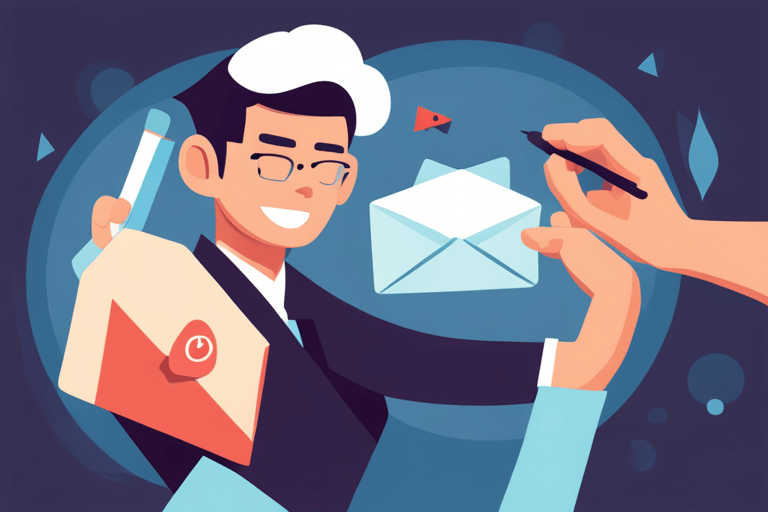
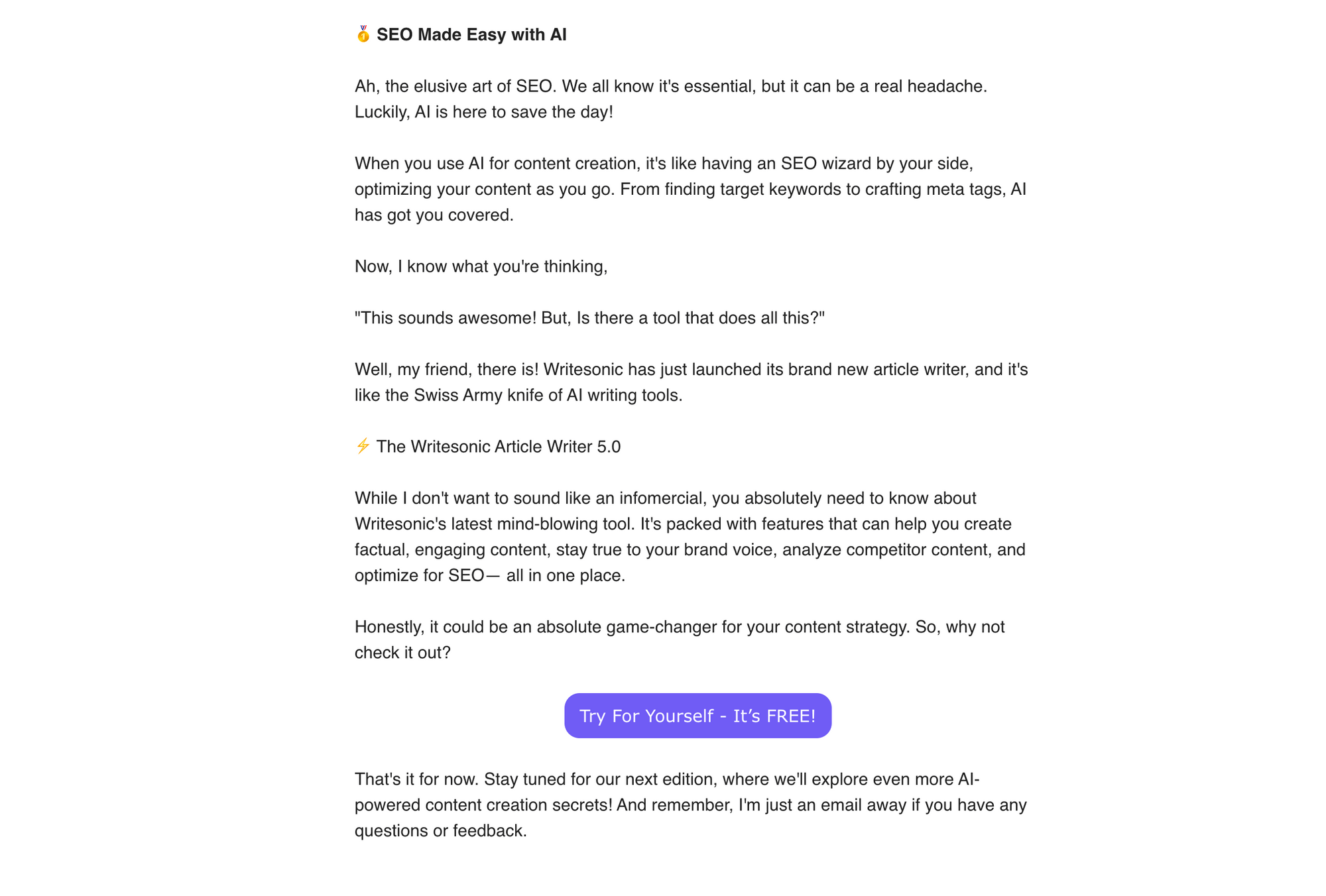
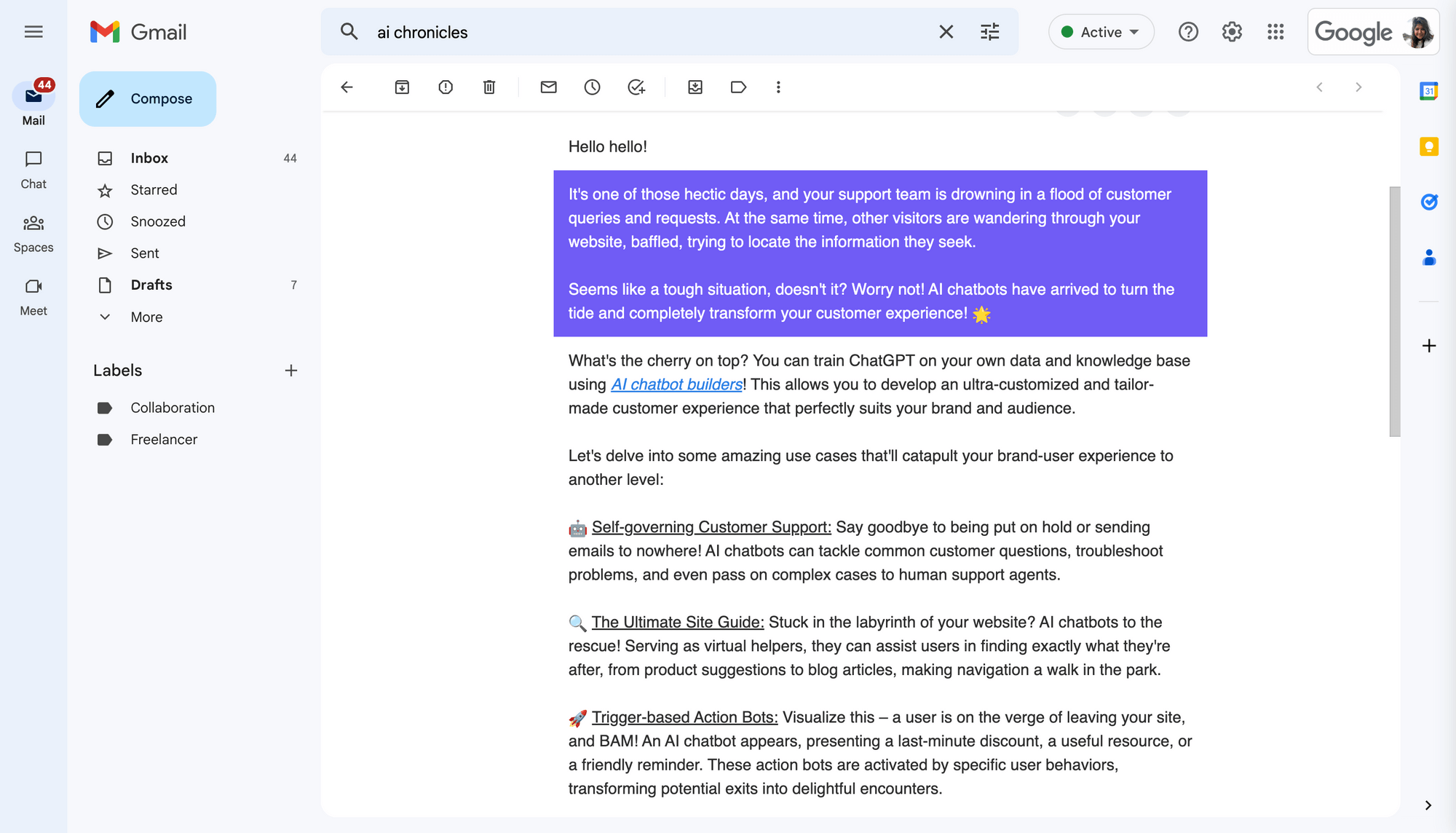
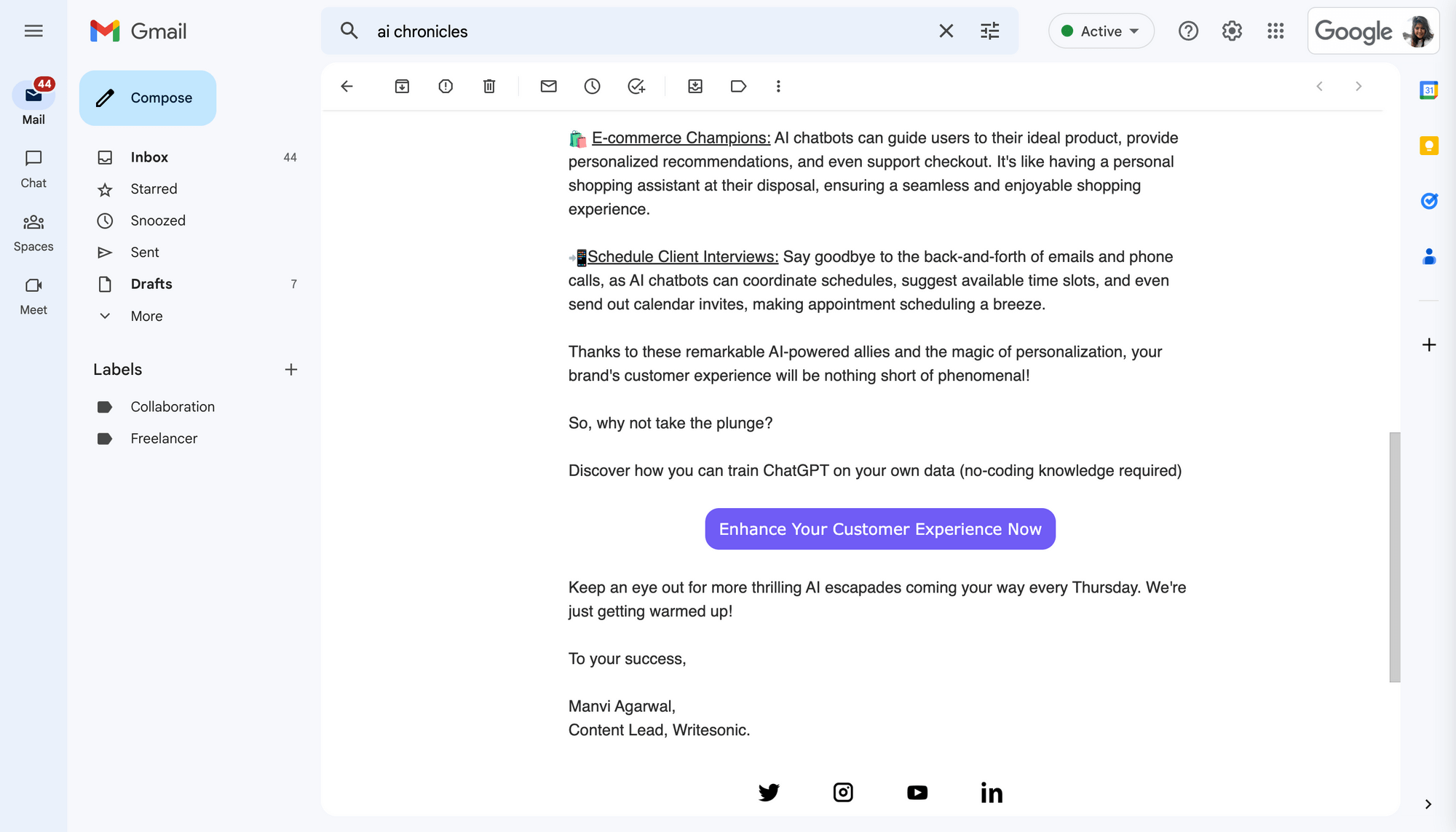
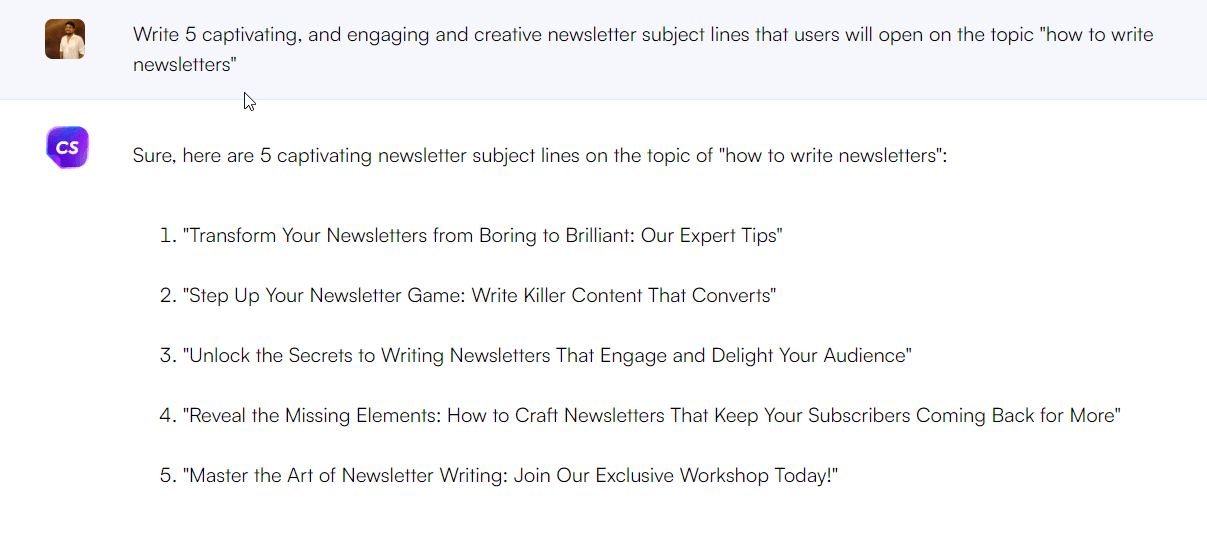

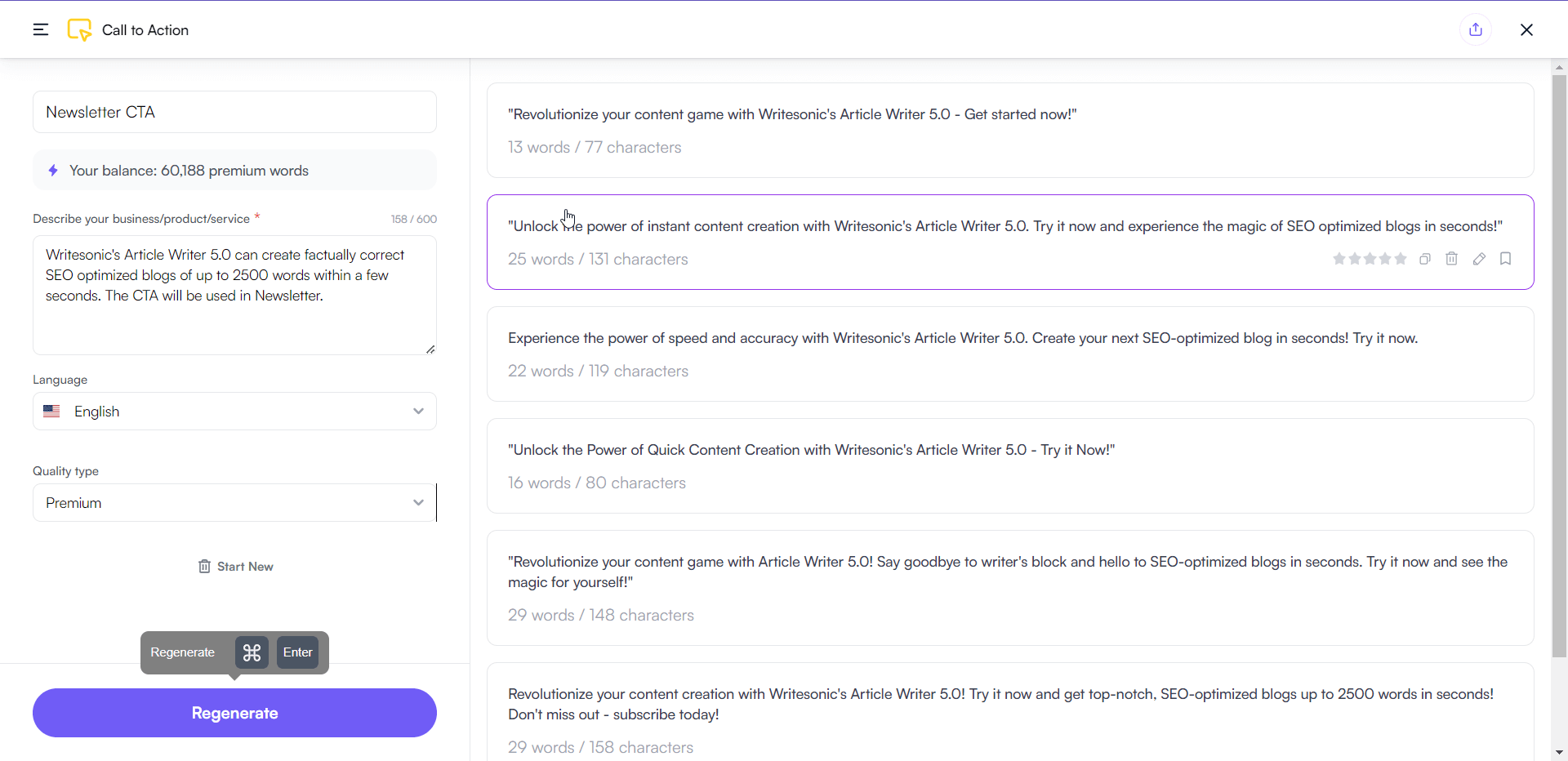
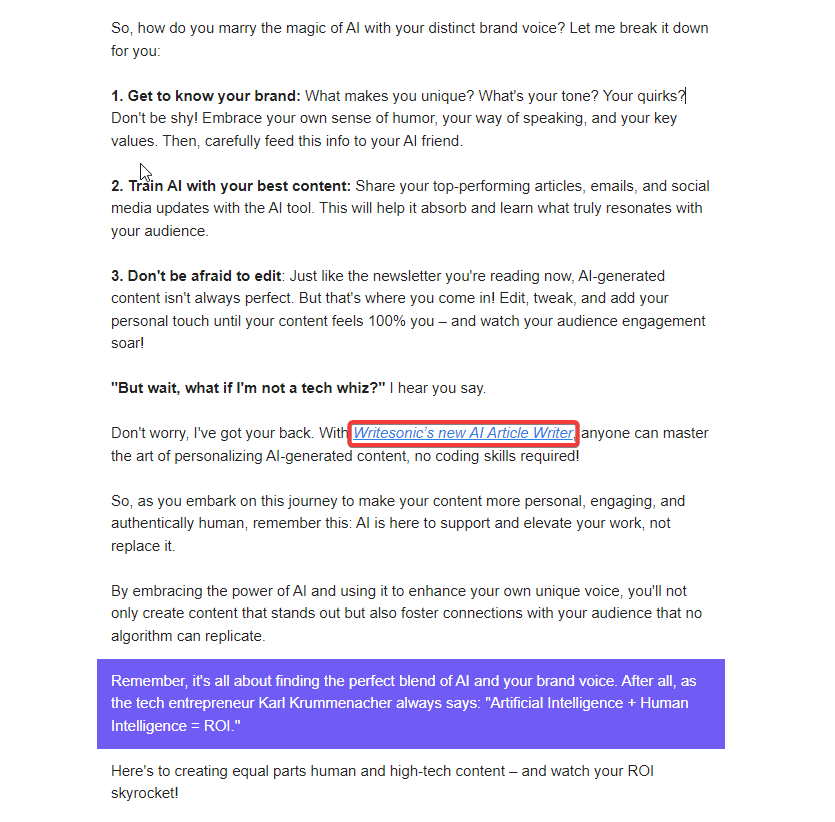





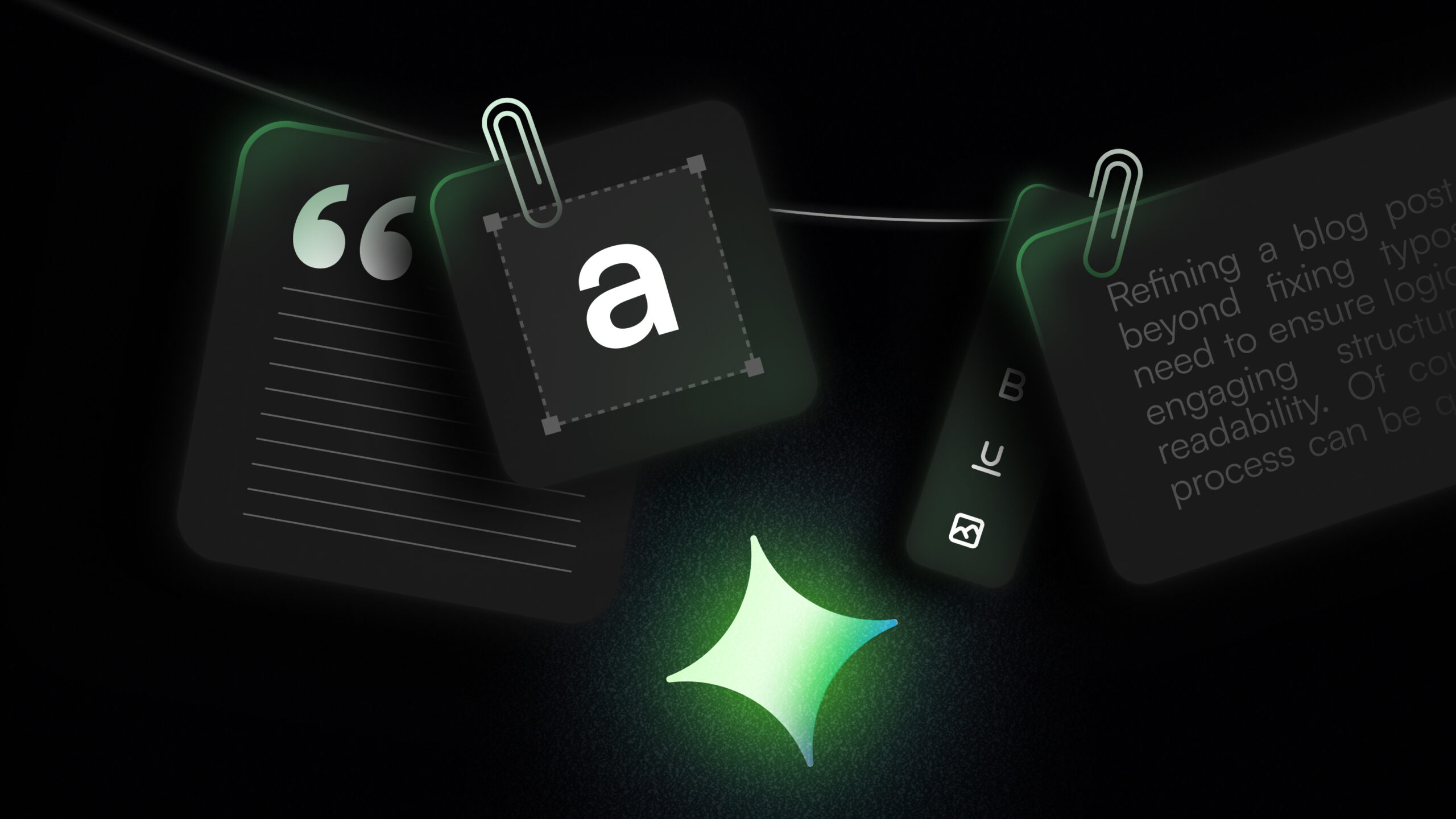
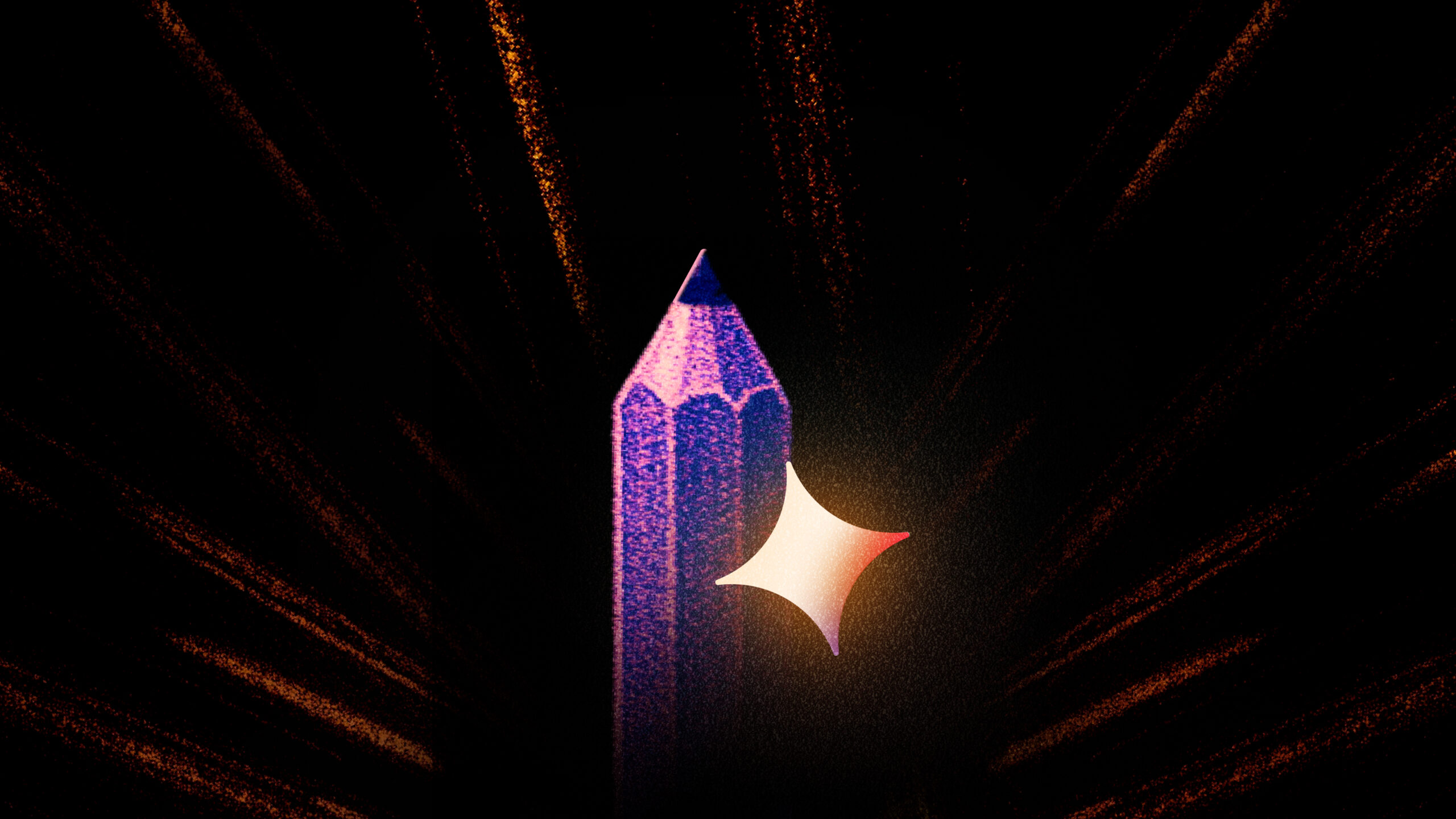
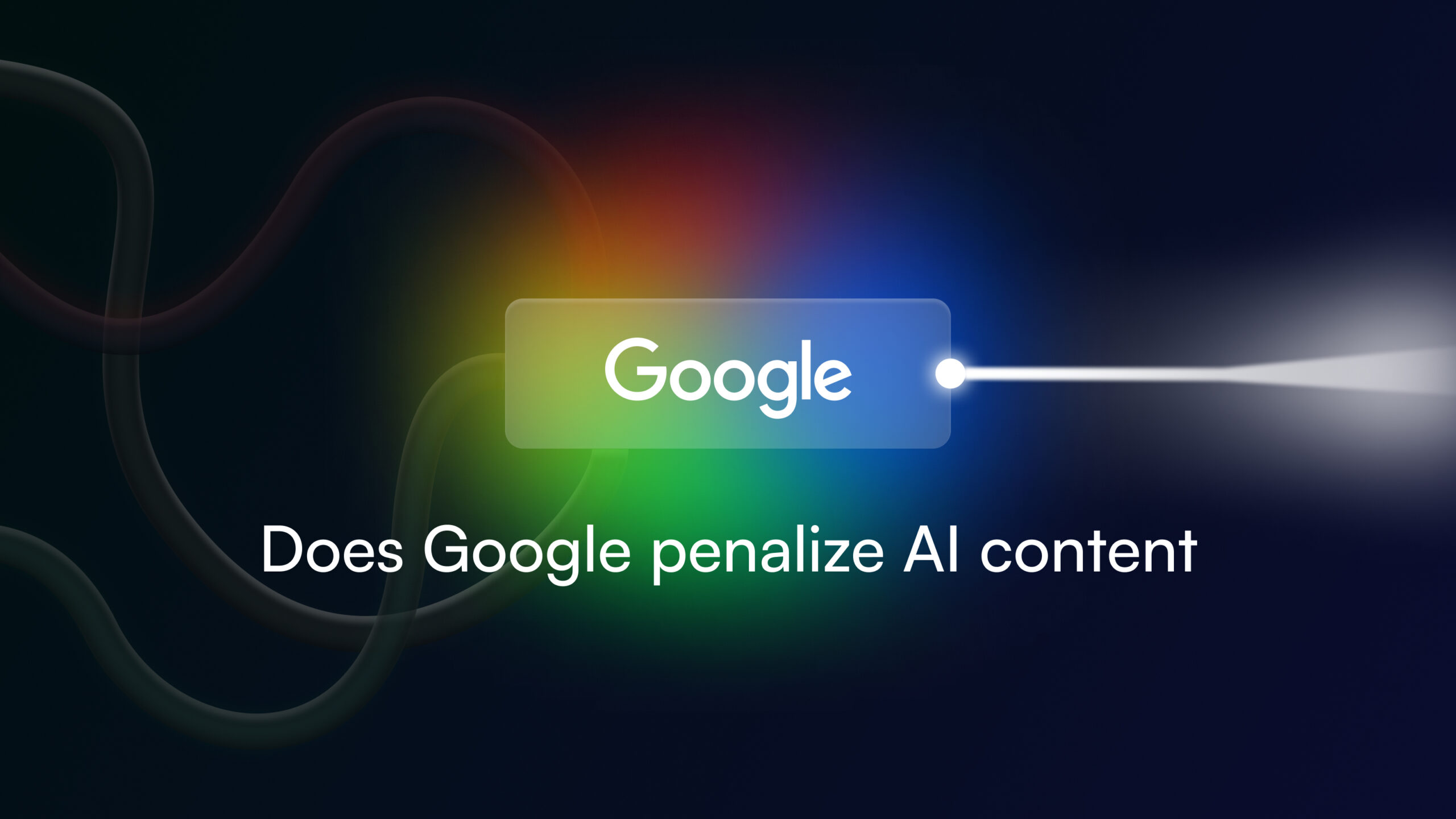

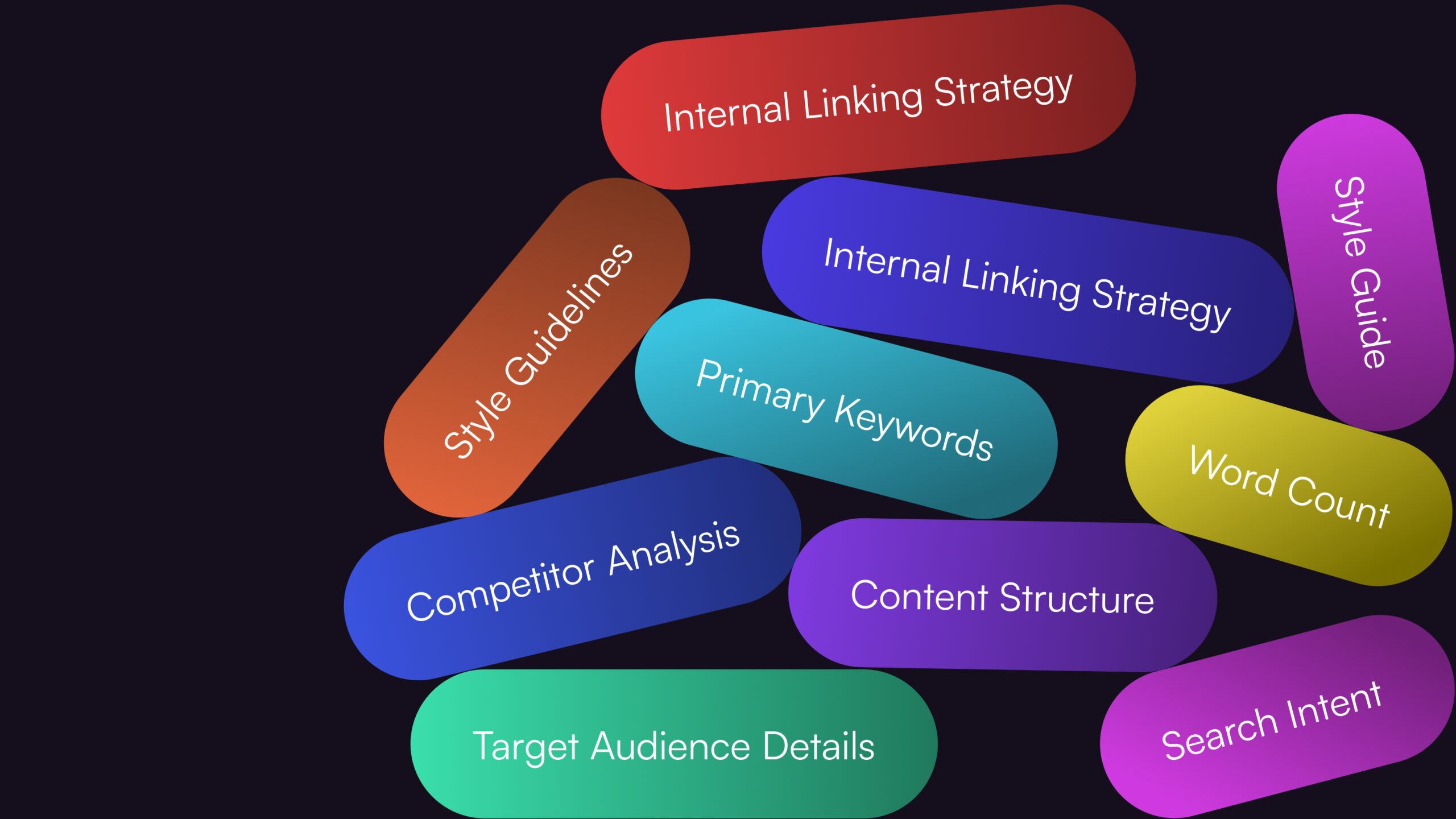

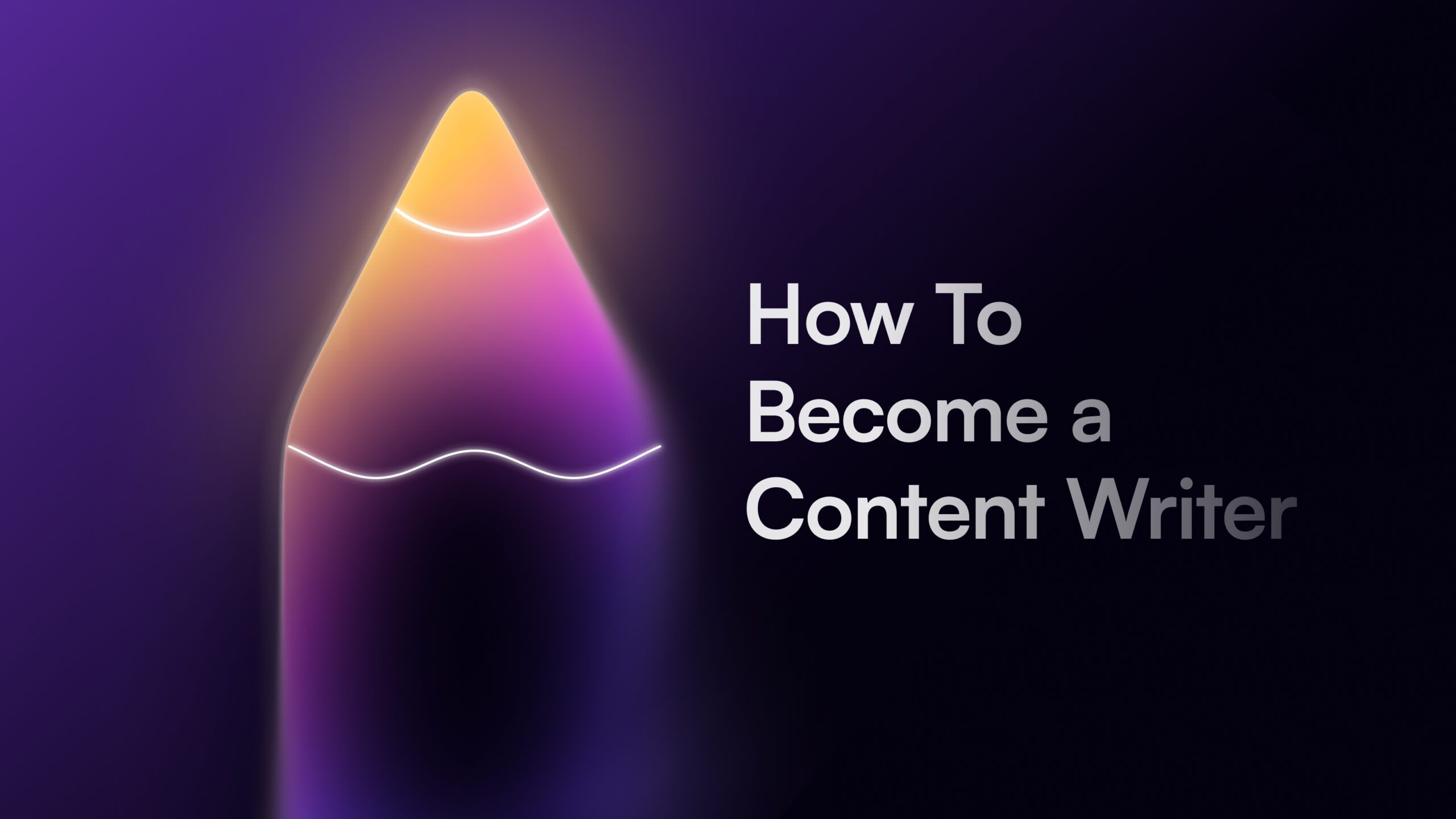

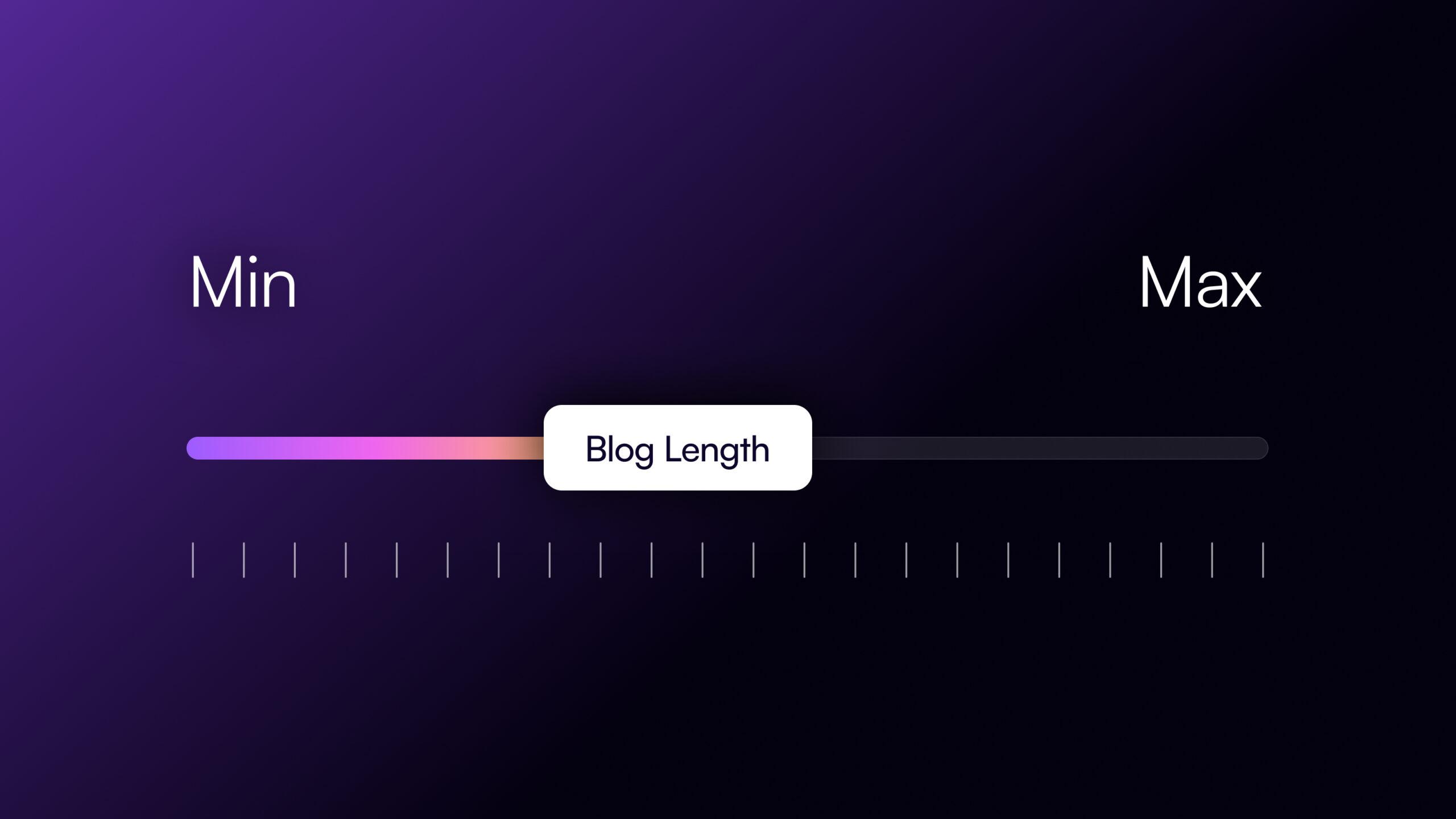
![The 11 Best AI Writing Tools to Try in 2025 [Tried & Tested]](/wp-content/uploads/AI-Writing-tools-For-Business.jpg)
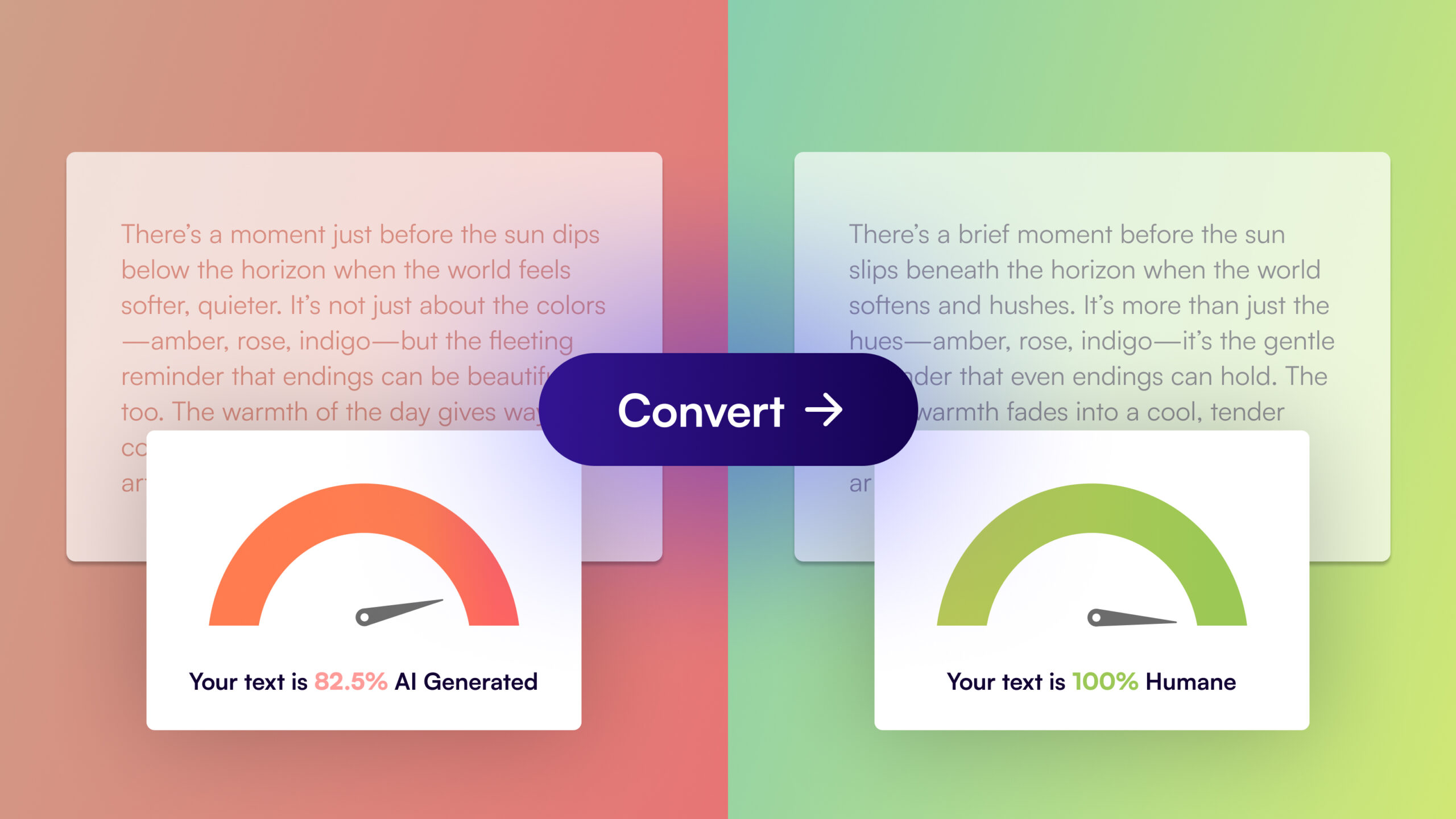
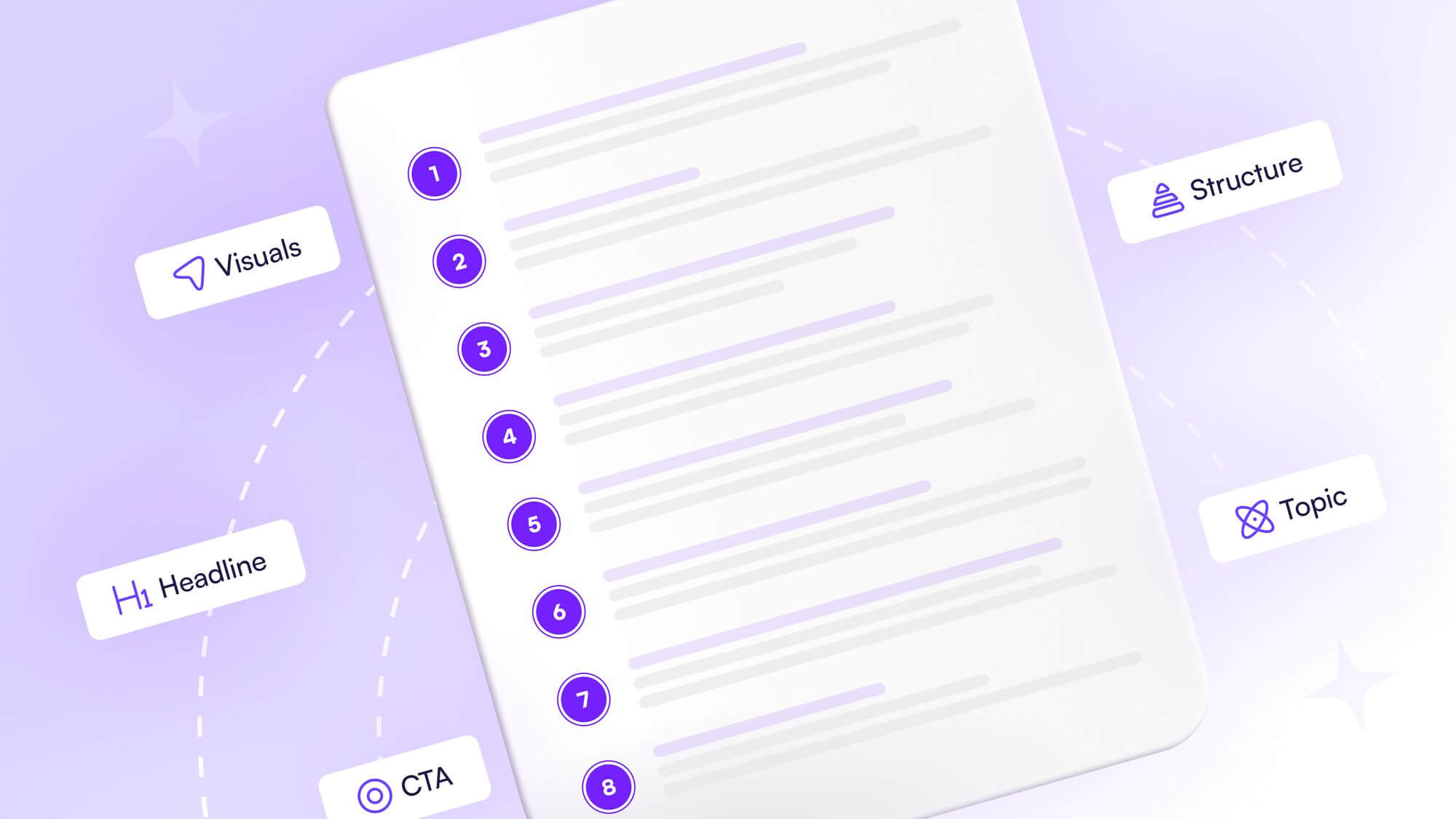
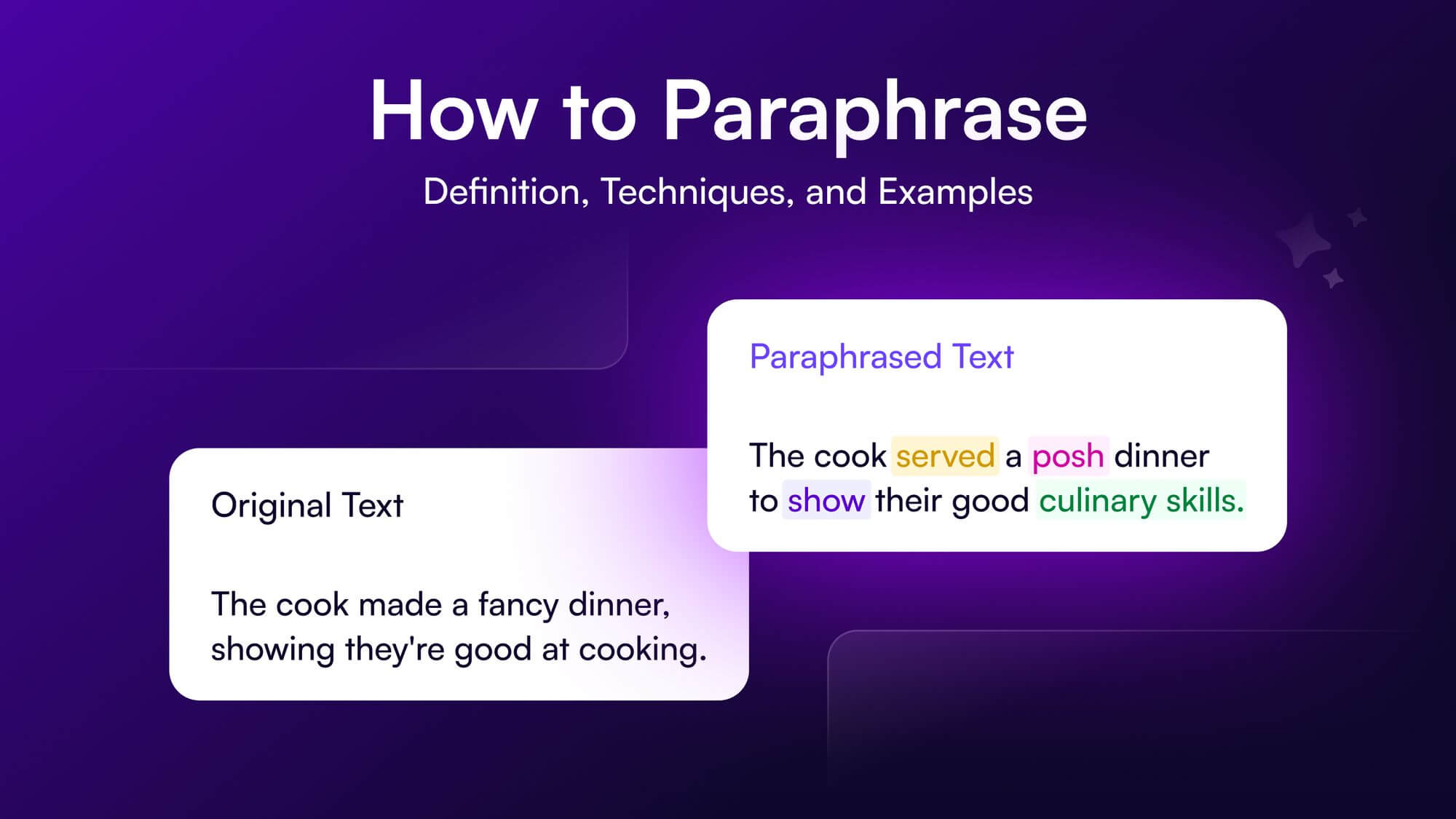
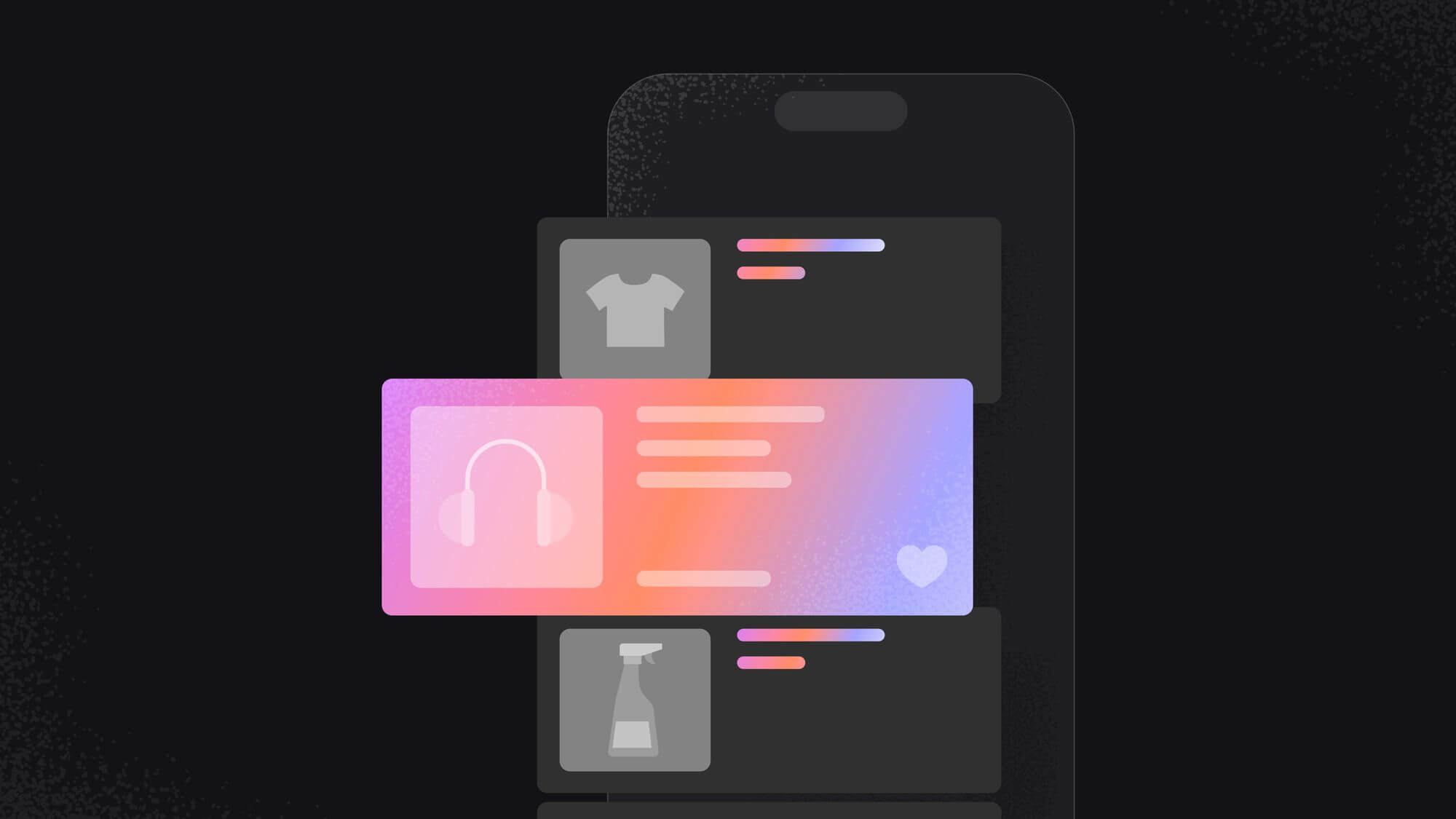
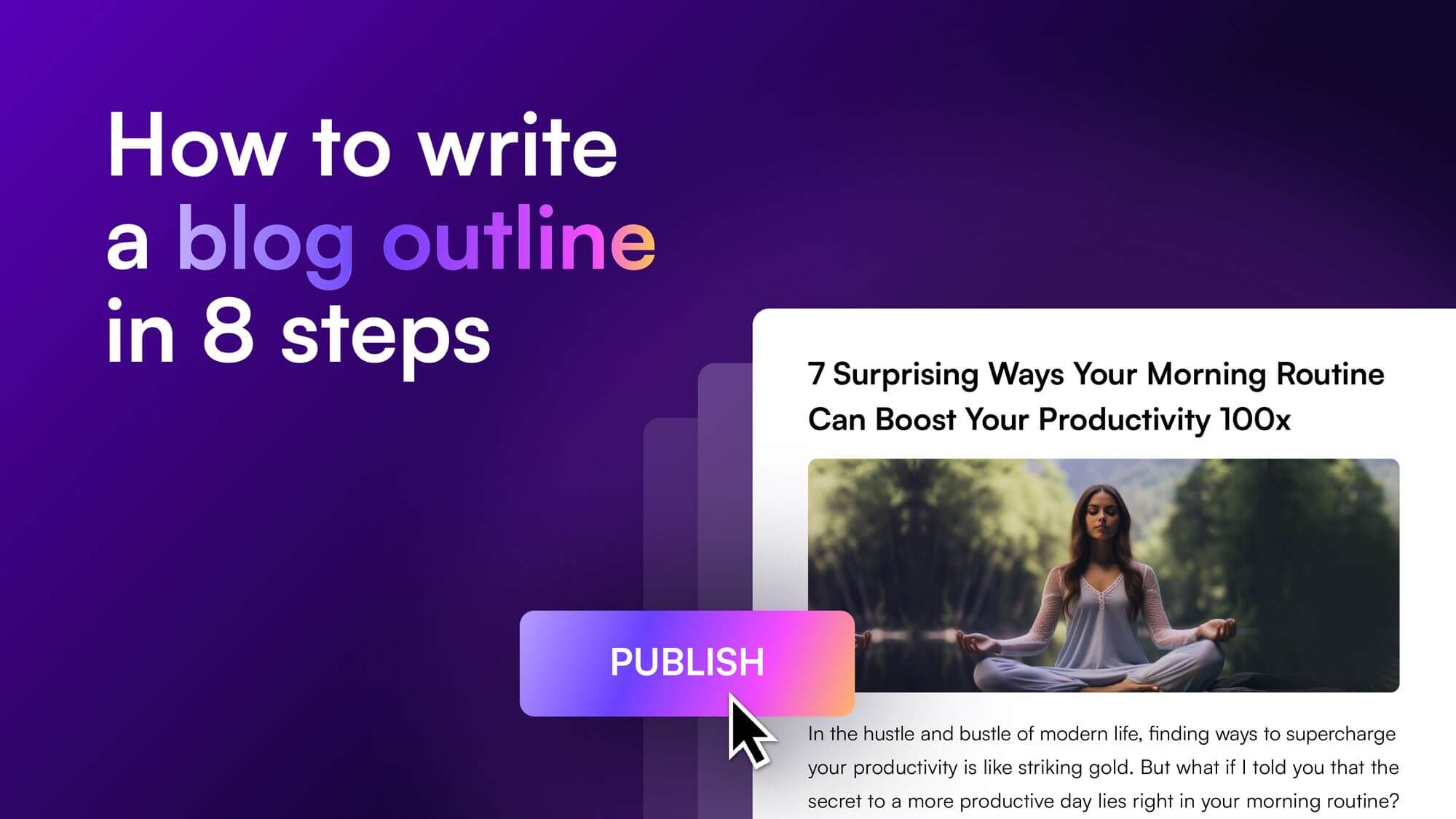

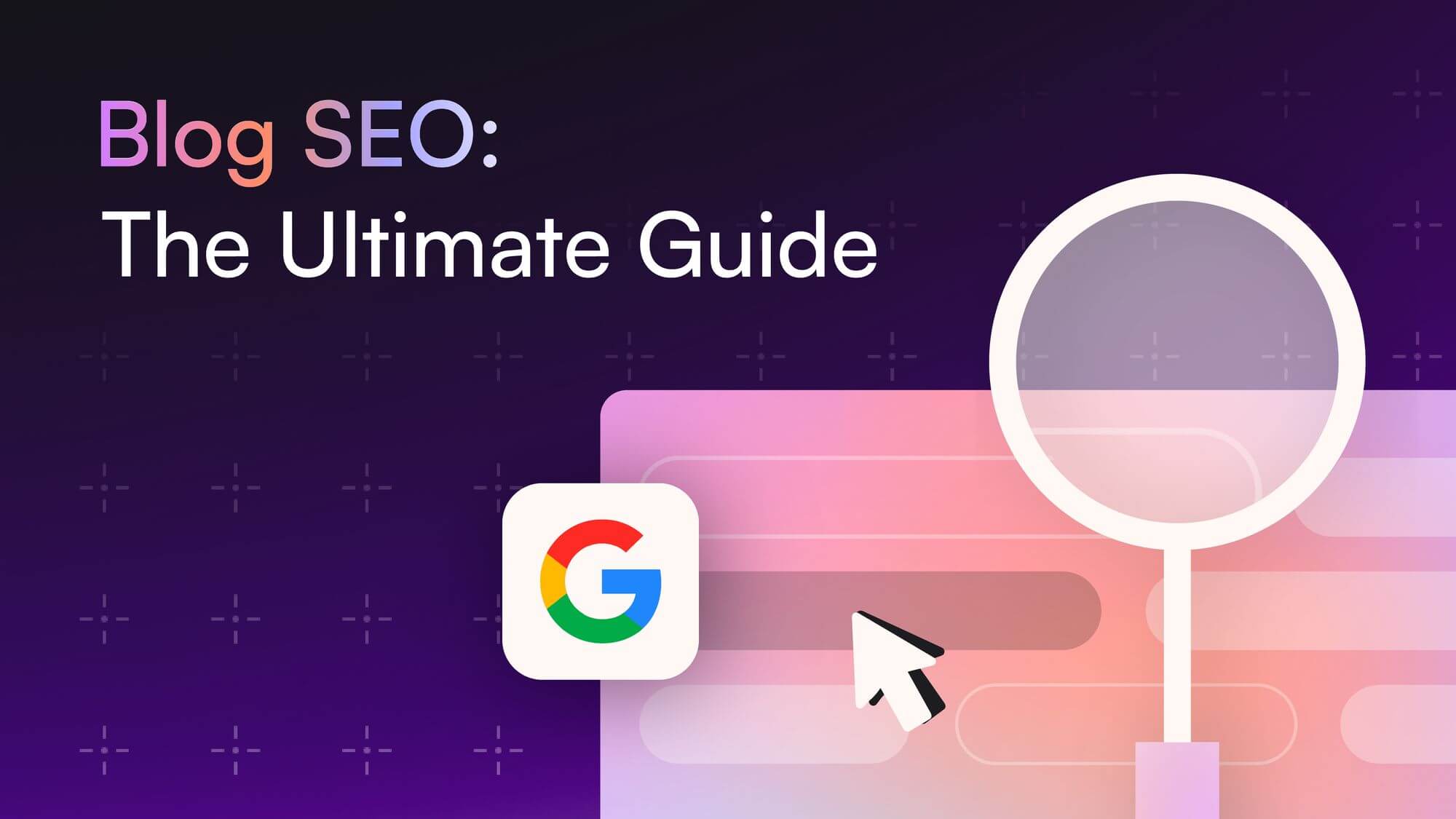
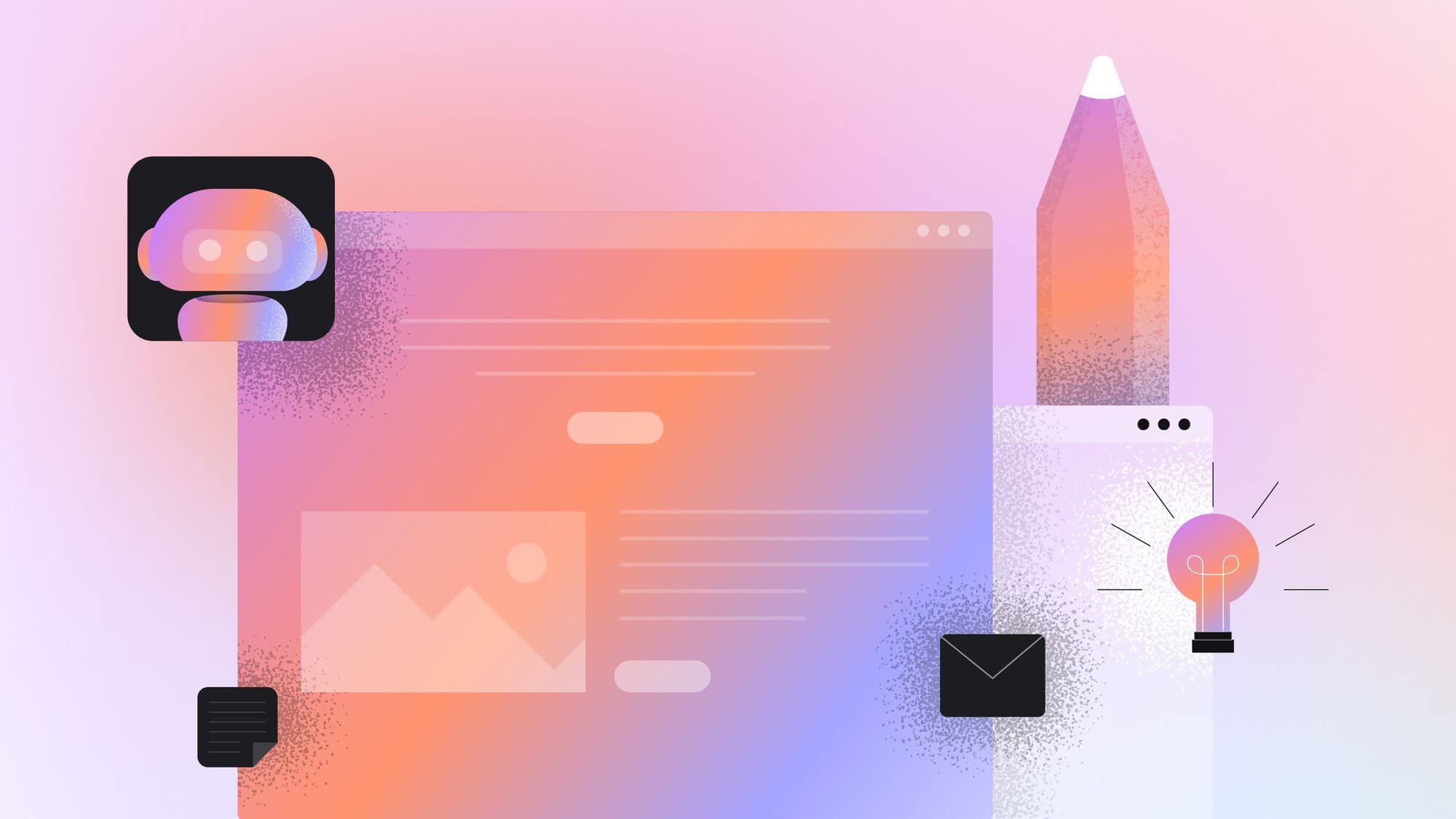
![How to Write a Blog in 2025: A Step-by-Step Guide [+Free Checklist]](/wp-content/uploads/How-to-write-a-blog-Thumbnail.jpg)


